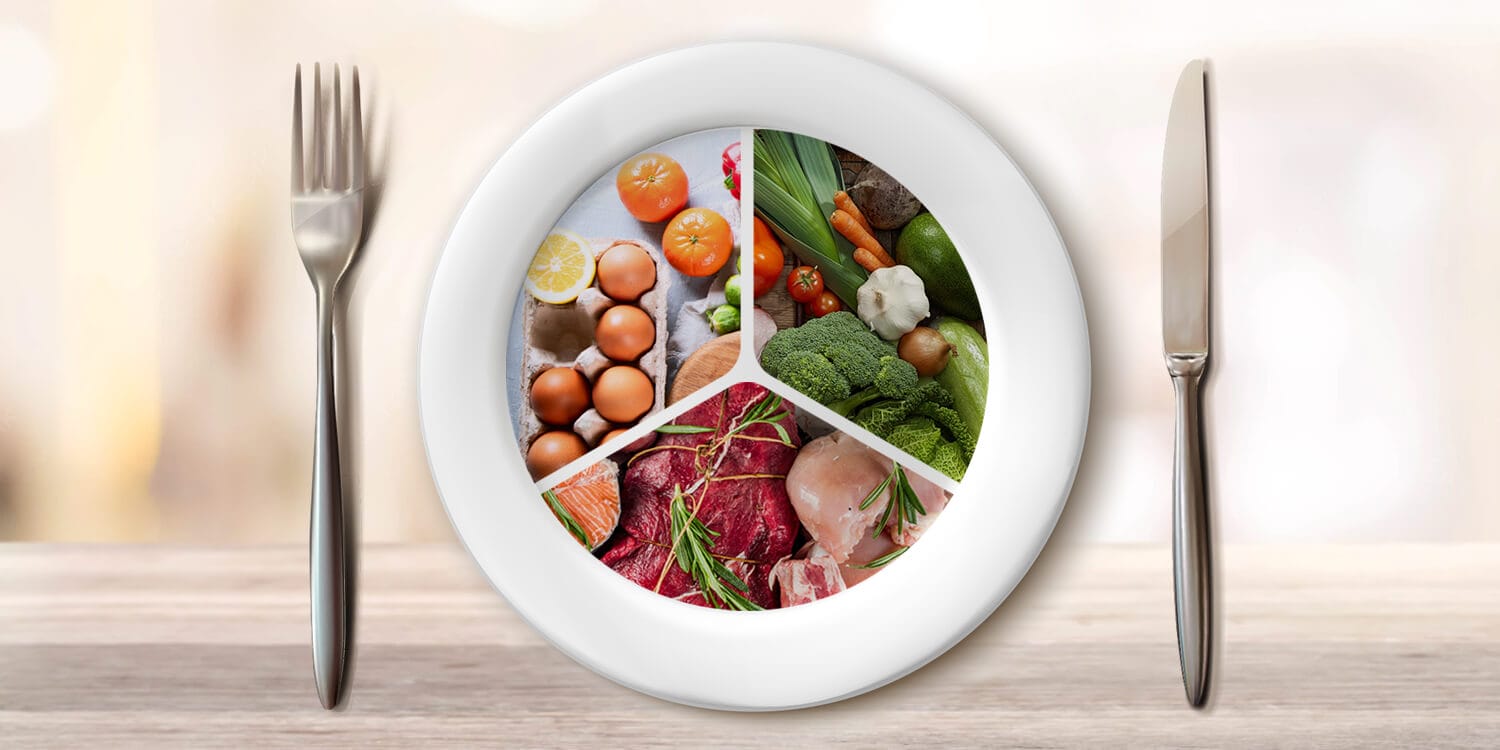The CDC estimates that over 70% of the U.S. population is overweight or obese, making it one of the most common health conditions in the country. Unfortunately, excess body fat is not only a cosmetic issue but also a significant risk factor for developing chronic diseases such as heart disease, cancer, Alzheimer’s, Type 2 diabetes and autoimmune conditions.
Many people recognize that risk and try different diets hoping to lose weight quickly and sustainably. Unfortunately, the dietary advice given by well-meaning healthcare professionals — including many nutritionists and dietitians — is often misguided or just plain wrong.
In this article, I’ll highlight the best diets for weight loss based on the latest scientific evidence, millions of years of human evolution, and a decade of self-experimentation.
Additionally, I’ll outline 11 popular diets that may lead to temporary weight loss, but which should be avoided due to their negative impacts on your long-term health and well-being.
Note: If you’re struggling to hit your weight loss goals, check out my article on the reasons why you’re not losing weight, which goes into detail about why mainstream dietary advice sets you up for failure.
12 Things Good Weight Loss Diets Have In Common
This article talks about four specific dietary frameworks that can help you lose weight. But first, let’s go over what makes a diet good for weight loss, based on the latest research and what we know from millions of years of human evolution.
A good weight loss diet should meet most (if not all) of the following criteria:
- Improves insulin and leptin sensitivity. Insulin is vital for managing blood sugar levels and influences how your body converts energy from food into fat. Leptin signals when you’re full (so that you stop eating). If your cells aren’t responding to leptin’s signals, you’re more likely to overeat.
- Helps maintain healthy blood sugar levels. The body uses blood sugar (glucose) as a source of energy and stores excess energy as fat. If your blood sugar is chronically elevated, your cells become less sensitive to insulin (the hormone that transports glucose into cells), increasing the conversion rate of glucose to fat.
- Is devoid of inflammatory foods and toxins. Chronic inflammation disrupts many metabolic processes, making it more difficult to lose weight. Additionally, certain toxins can prevent the body from absorbing the nutrients in food, making it more difficult for your metabolism to function efficiently.
- Provides enough protein to help you build and maintain lean muscle tissue. The more muscle tissue you have, the more calories you burn (even without exercising). Additionally, while protein is very satiating, it’s not an efficient energy source for the body. That means consuming a lot of protein reduces the risk of energy surplus (which causes your body to store the excess energy in fat tissue).
- Is high in healthy fats (to keep you satiated and fueled). Fat does not cause spikes in blood sugar levels and keeps you satiated much longer than carbohydrates. By getting most of your energy from healthy fat, you enable your body to become an efficient fat burner — a prerequisite for burning body fat between meals.
- Has ample amounts of highly-bioavailable and readily-absorbable micronutrients. Vitamins and minerals are critical for your body to function optimally. Without them, it’s much more challenging to lose weight and keep it off. Plus, being low on micronutrients such as iron, copper and vitamin B12 can decrease your energy and make it more difficult to stay active.
- Relies predominantly on whole foods. Our bodies have evolved over millions of years to digest the foods provided by nature. Things go wrong when we start introducing lab-engineered foods (or food-like substances) that our bodies don’t recognize. These foods can cause inflammation and metabolic dysfunction, and will hamper your weight loss efforts.
- Doesn’t rely on expensive weight-loss shakes or prepared meals. Weight-loss shakes are a type of processed food that almost always contains unhealthy ingredients. More importantly, they’re not necessary, because a species-appropriate diet contains all the nutrients your body needs to thrive (and won’t cause weight gain).
- Can be sustained for the rest of your life. While short-term diets can lead to short-term weight loss, maintaining a healthy weight and metabolism requires a long-term commitment to health and a dietary framework that you can stick with for years.
- Doesn’t require calorie counting or portion control. Counting calories and restricting portion sizes is cumbersome, time-consuming and unsustainable. If you consume the right types of food, your body will tell you when you’re full and when to stop eating.
- Mimics how humans have eaten for millions of years. Millions of years of human evolution have molded our digestive system, hormones and other parts of our bodies to efficiently operate on foods that humans could hunt or gather. Those foods enabled us to become apex predators and withstand the harsh environment our ancestors lived in. The past few thousand years (and the last few hundred years in particular) have clearly demonstrated that introducing engineered over-processed and artificial foods is detrimental to our health and body composition. That’s why it’s important to consume foods that our bodies know how to efficiently use and metabolize.
- Doesn’t make you feel hungry (or “hangry”) between meals. Feeling hungry is a critical survival mechanism that forces us to find food in order to avoid starvation. The fact is that the parts of our brain that have evolved to keep us alive are stronger than those that are responsible for willpower. Hunger always wins; stay hungry for long enough, and eventually you will give in and eat like there’s no tomorrow. That’s why starvation diets don’t work — you need to adopt a diet that doesn’t make you feel hungry between meals.
Here are the best diets for weight loss based on these criteria.
Top 4 Diets for Weight Loss
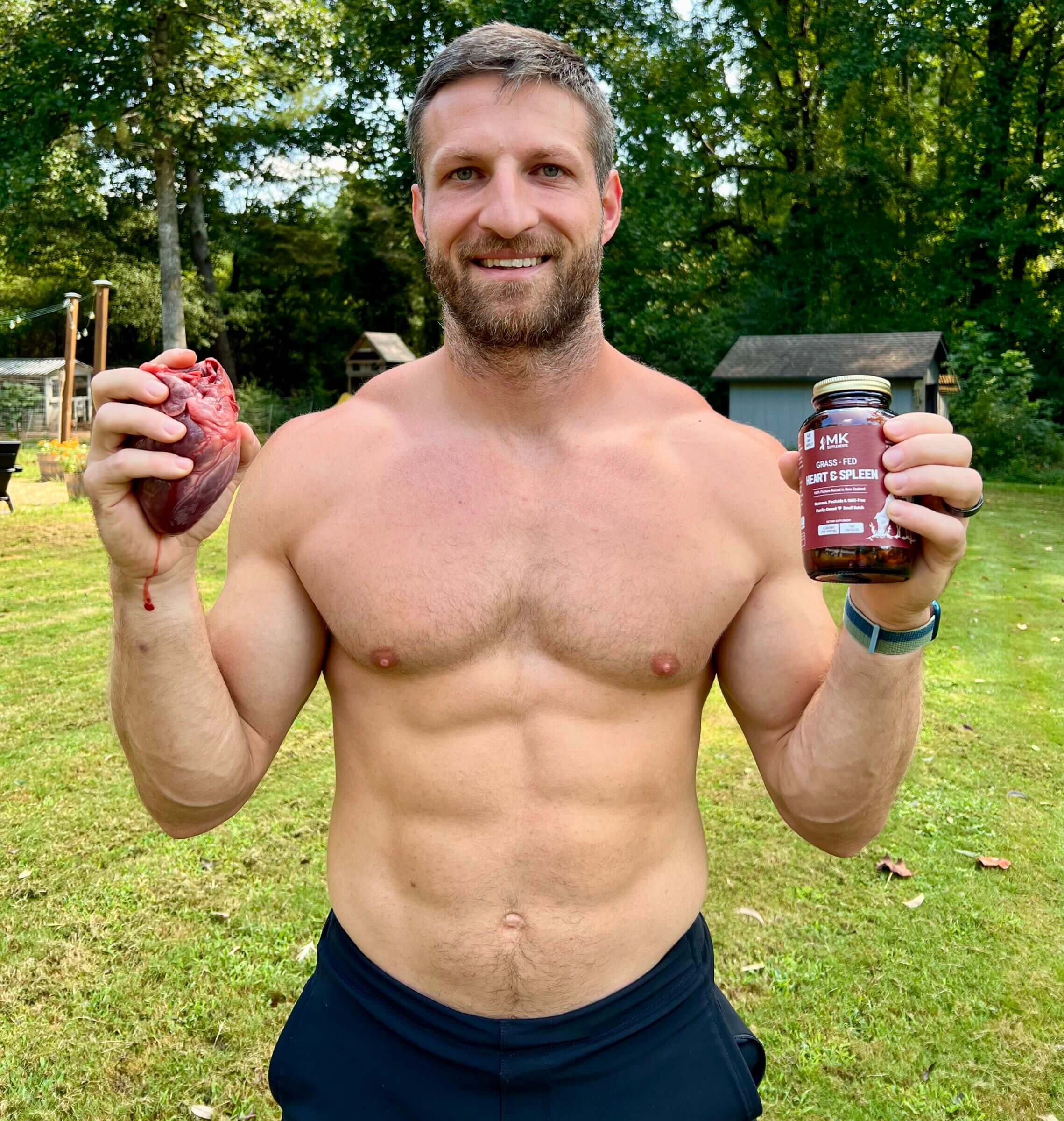
Note that your current metabolic health determines which dietary frameworks will be the most effective in helping you achieve your weight loss goals. For example, if you suffer from leaky gut and insulin resistance in addition to weight issues, a strict elimination diet like the carnivore diet is likely the best place to start.
However, if your fasting insulin levels are within a normal range and you just want to lose a few pounds, then a less-restrictive animal-based diet is likely the best choice, as it will be easier to maintain over the course of your entire life.
I started my healthy living journey with a Paleolithic diet before transitioning to keto, and then to carnivore. Finally, I adopted an animal-based diet that combines elements of each of these. Importantly, my diet is easy to sustain, affordable, and socially accepted. If you’d like to take a deep dive into the pros and cons of these dietary frameworks from a whole-health perspective, check out my article on paleo vs. keto vs. carnivore.
Carnivore Diet
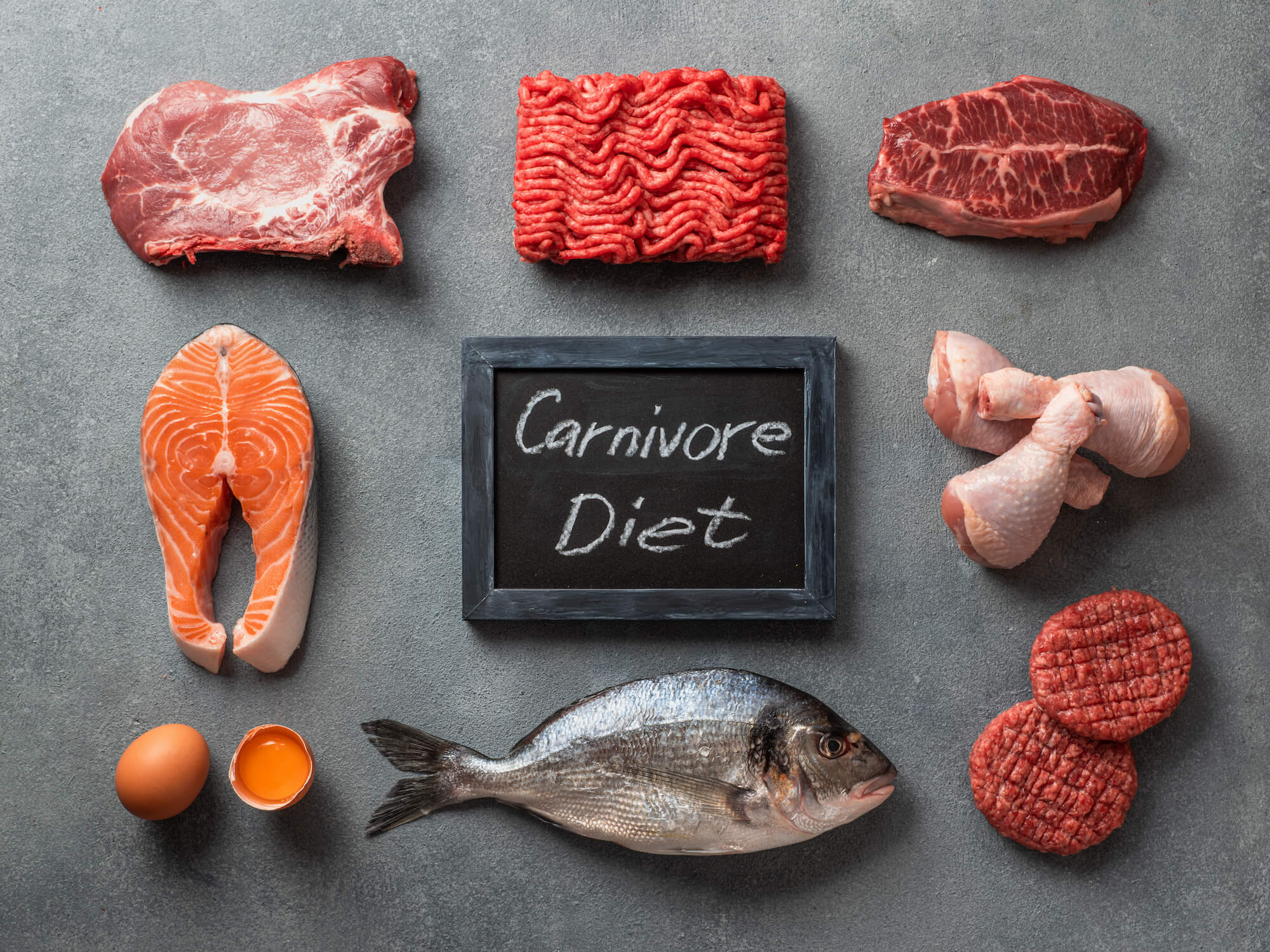
Pros
- Offers all the benefits of a ketogenic diet.
- Is devoid of inflammatory foods.
- Helps reset your gut microbiome and treats leaky gut.
- Helps balance your hormone levels (testosterone, thyroid, etc.).
- Provides all the essential micronutrients your body needs to thrive.
Cons
- Very restrictive.
- Can be socially awkward and challenging to maintain.
The carnivore diet is a relatively strict meat-based elimination diet that leverages fat (instead of glucose) for energy. By definition, that makes the carnivore diet a type of ketogenic diet. However, unlike the traditional keto diet, the carnivore diet consists only of meat and eggs, thus removing many foods that could cause GI upset or inflammation — two factors that can negatively impact your weight loss goals.
For example, by avoiding inflammatory foods — such as plant toxins, added sugar, artificial ingredients and antinutrients — you allow your gut to heal and your metabolism to function optimally.
The carnivore diet also helps normalize hormone levels, including testosterone and thyroid hormones, which are critical for your body to build lean muscle tissue and convert food into energy effectively.
Last but not least, a properly executed carnivore diet that includes fresh or freeze-dried organ meats ensures a proper supply of micronutrients (vitamins and minerals) that are critical for many metabolic functions.
For example, low levels of certain micronutrients (e.g., iron, copper or vitamin B12) can negatively impact your energy levels, thus making it more challenging to be physically active and mentally clear. People with brain fog and low energy levels are more likely to make bad food choices that negatively impact their weight loss efforts.
What to Eat on a Carnivore Diet
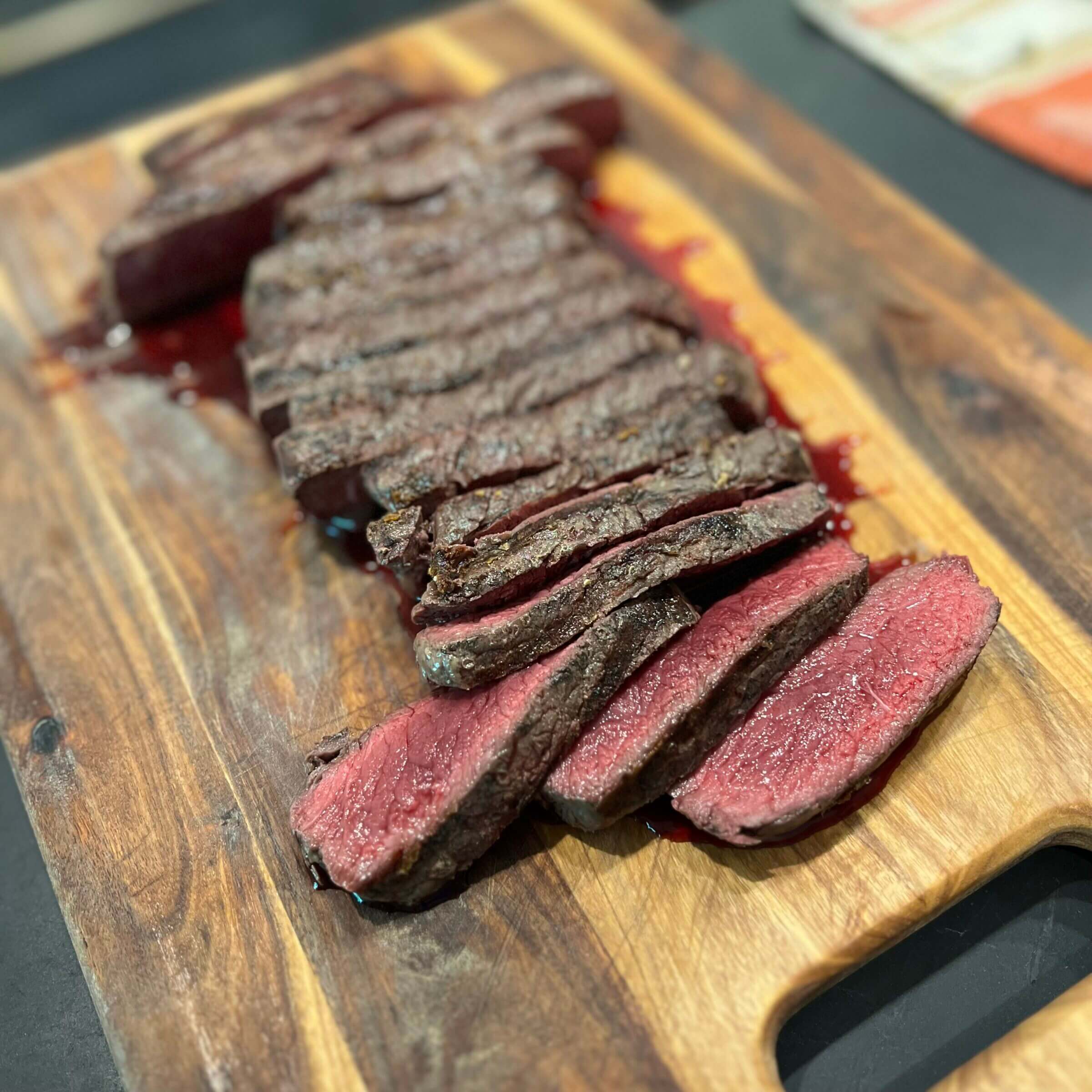
The list of foods you can eat on a carnivore diet is relatively short and includes:
- Meat: Ideally from 100% grass-fed and pasture-raised ruminants (like cows). Meat from monogastric animals (such as poultry and pork) is allowed, but I recommend limiting your intake (check out the FAQ section to learn why I’m not a huge fan of these meats). I also encourage you to include fresh or freeze-dried organ meat, which is an excellent source of micronutrients. (Learn more about the health benefits of eating organ meat.)
- Fish and seafood: Ideally from wild-caught rather than farmed sources. Note that carnivore diet purists often stick to red meat, but I think including seafood makes the diet easier to maintain and more enjoyable.
- Eggs: Ideally from pasture-raised chickens that are fed a corn-free and soy-free diet, because pasture raised eggs are significantly healthier than other types of eggs.
- Fat: Tallow (rendered beef fat), butter, ghee and heavy cream, ideally from 100% pasture-raised animals.
- Vegetables: None.
- Fruits: None.
- Nuts and seeds: None.
- Dairy: Butter, heavy cream and hard cheeses because they’re devoid of lactose (milk sugar).
- Sweeteners: None.
- Beverages: Water.
You can get more ideas for carnivore diet menu items in our list of the best meats for weight loss.
Foods to Avoid on a Carnivore Diet
The list of foods you’re not allowed to consume on a carnivore diet is relatively long and includes everything that’s not listed above.
Downsides of a Carnivore Diet
The main downside of a carnivore diet is that it’s relatively restrictive and many people have issues eating only meat, organs and eggs for extended periods.
For many people, food isn’t just a source of energy and nutrients, but part of their social and cultural heritage. Sharing a meal is a fun way to connect with people, but if you’re the one who doesn’t eat most of the foods other people are used to consuming, it can make connecting with others more difficult. While that certainly applies to most diets (to varying degrees), the issue becomes glaringly apparent when you eat nothing but meat.
The other issue with following a fairly restrictive diet is that you might get bored of eating the same food day in and day out. That’s particularly true among those who enjoy cooking and experimenting with different ingredients, spices and ways of preparing food.
These are some of the main reasons are why I encourage you to use the Carnivore diet as a tool to reset your metabolism and gut before transitioning to an animal-based approach that isn’t quite as restrictive.
Who Should Follow a Carnivore Diet?
I recommend following a strict carnivore diet for a few weeks to a few months to anyone who has been diagnosed with cognitive disorders (e.g., Alzheimer’s or epilepsy), metabolic issues (e.g., Type 2 diabetes, pre-diabetes, high blood pressure, insulin resistance or high triglycerides), autoimmune conditions (e.g., rheumatoid arthritis, psoriasis, multiple sclerosis or celiac disease), skin issues (e.g., acne or eczema) and gastrointestinal disorders (e.g., irritable bowel syndrome, ulcers, colitis or inflammatory bowel disease).
That’s because eliminating all foods that could trigger an immune reaction or irritate your gut allows your immune system to calm down, as well as for the delicate lining inside your gut to heal. Once you’re free of symptoms, you can continue your weight loss journey using one of the other recommended diets (which are easier for most people to sustain over the long-term).
Make sure you listen closely to your body and immediately cut out any foods that cause a flare-up of previous symptoms.
Ketogenic Diet
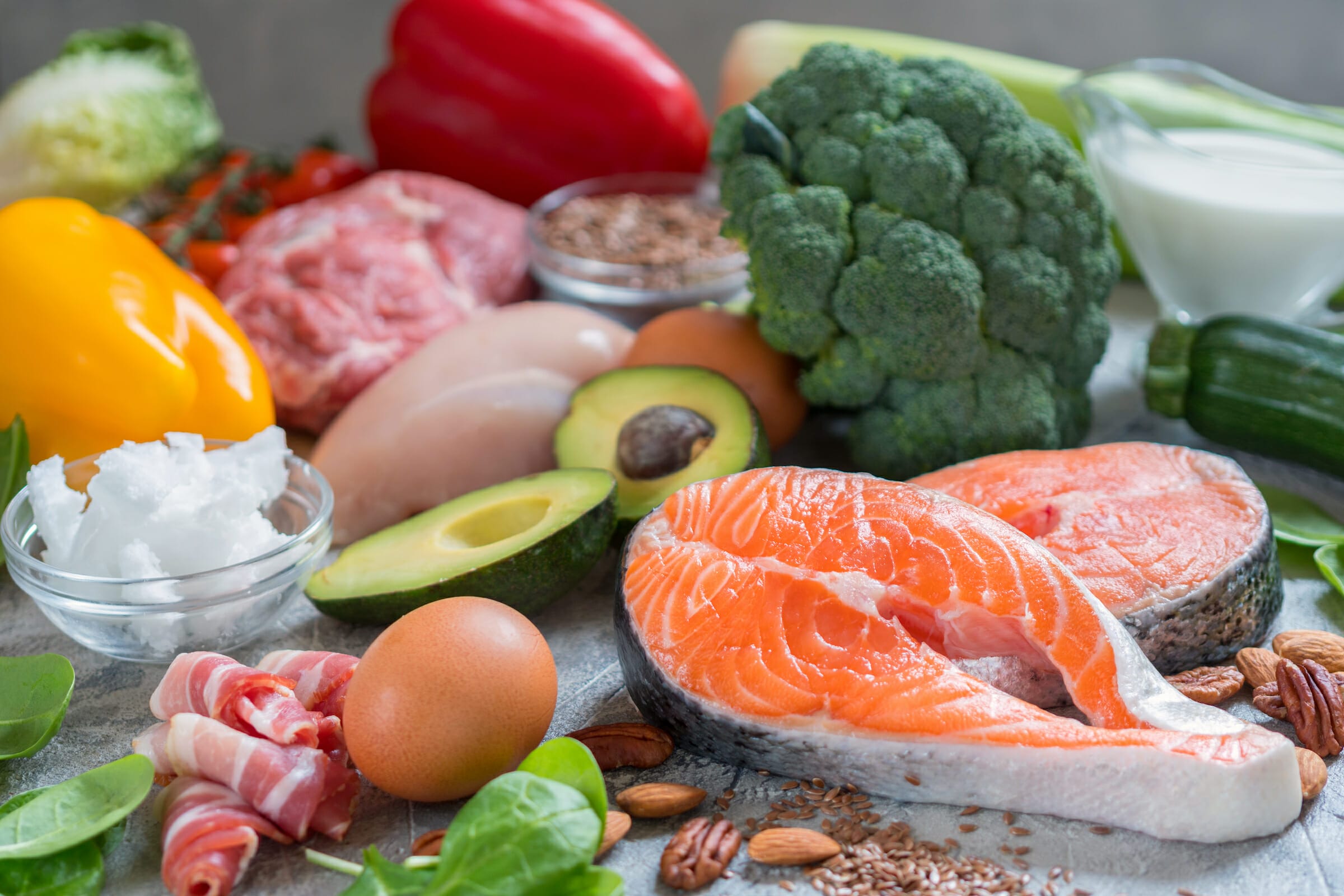
Pros
- Improves insulin and leptin sensitivity.
- Helps maintain stable blood sugar levels.
- Is high in fat to keep you satiated and fueled.
- Promotes ketosis (to accelerate fat burning).
- Is easier to maintain than a carnivore diet.
Cons
- Can be somewhat restrictive.
- Includes some foods that can irritate the gut.
- Can be high in inflammatory omega-6 polyunsaturated fatty acids.
The ketogenic diet is a low-carb, high-fat diet that aims to enable your body to burn fat (i.e., ketones and fatty acids) instead of glucose (from carbohydrates) for energy. Once your body is able to burn fat for fuel, it can easily tap into your existing body fat without solely relying on dietary fats.
Consuming predominantly fat and protein helps maintain stable blood sugar levels, which improves your cells’ sensitivity to insulin and leptin — two hormones that play a vital role in glucose and fat metabolism.
Without going into too much detail, insulin is responsible for shuttling glucose into cells where it can be used for energy. Additionally, insulin is involved in storing excess glucose (in the form of fatty acids) in your fat tissue — one of the mechanisms by which consuming too many carbohydrates causes an increase in adipose (fat) tissue.
Leptin is a hunger-suppressing hormone that prevents metabolically-healthy people from overeating.
By following a ketogenic diet, you effectively cut out most carbs, thus enabling your body to use its own fat for energy — a concept known as nutritional ketosis.
This diet is ideal for people who are trying to lose weight and control their blood sugar but who don’t want to pursue a more restrictive diet, such as the carnivore diet.
Unlike the carnivore diet, a traditional ketogenic diet allows for the consumption of plant-based foods with a low-glycemic index, including certain fruits (e.g., berries), non-starchy vegetables and nuts.
While that might sound more appealing than consuming only meat, organs and eggs, many plant foods contain natural defense chemicals, such as antinutrients, that can irritate your gut health, cause inflammation and negatively impact your weight loss efforts in the long run.
I was on a keto diet for three years, and experienced the consequences of eating certain keto-friendly foods while battling irritable bowel syndrome. That’s the main reason why I ranked keto behind the carnivore diet: while they both lead to burning fat for fuel, keto opens the door to more foods that can cause or exacerbate other health problems. So while it’s easier for most people to sustain, it also requires a deep commitment to making “clean” dietary choices.
On the bright side, you can decide whether or not to include certain keto-friendly foods as part of your ketogenic weight-loss journey while still benefiting from the fat-burning aspects of this low-carb diet. If you’d like to learn more about how to do that, read through my ultimate guide to the Paleolithic ketogenic diet, which is a combination of two solid dietary frameworks.
What to Eat on a Ketogenic Diet
- Meat: Both red and white meat is allowed, ideally from grass-fed and pasture-raised ruminant and monogastric animals.
- Fish and seafood: Ideally from wild-caught rather than farmed sources.
- Eggs: Ideally from pasture-raised chickens that are fed a corn-free and soy-free diet, because pasture-raised eggs are significantly healthier than other types of eggs.
- Fats: Both from animal and plant-based sources. I recommend avoiding seed oils (vegetable oils) because they’re high in inflammatory omega-6. Check out my best keto-friendly cooking oils article to learn more.
- Vegetables: Most veggies that grow above the ground are relatively low in carbs and thus allowed on keto.
- Fruits: Stick to low-carbohydrate fruits like raspberries and strawberries.
- Nuts and seeds: Stick to low-carbohydrate options like pecans, macadamia nuts and Brazil nuts. Keep in mind that most nuts and seeds are rich in inflammatory and gut-irritating defense chemicals that can derail your health and weight-loss efforts. Learn more in my article about the best nuts and seeds for keto.
- Dairy: Cream and aged cheeses that are low in carbs.
- Sweeteners: Stevia, monk fruit and most artificial sweeteners.
- Beverages: Coffee (black or with cream, MCT oil, non-caloric sweeteners), tea, water, and sugar-free beverages.
In a nutshell, you want to avoid any high-glycemic foods, including starchy vegetables that grow below the ground (e.g., carrots, potatoes and beets), sweet fruits (bananas, apples, mangos and grapes), grains and cereals (e.g., wheat, rye, sorghum, rice, oats, maize, barley, millet, quinoa and corn), legumes (e.g., beans and lentils) and candy.
Ketones are the preferred fuel of the brain and they also have hunger-suppressing properties making them an excellent weight loss tool. By consuming ketones you can temporarily reduce your caloric intake without feeling hungry or getting irritated. I often leverage exogenous ketone supplements during prolonged fasts, especially on days I expend a lot of calories exercising or performing physical labor.
Foods to Avoid on a Ketogenic Diet
For a complete list of foods you can and cannot have on a modified ketogenic diet (that focuses on macros and the quality of food), check out my ultimate guide to the paleolithic ketogenic diet.
Downsides of a Ketogenic Diet

The main downside of a traditional keto diet is that it focuses more on macronutrient ratios (fat, protein and carbs) than on the type and quality of food you’re consuming. That means you can eat eggs and bacon from caged animals all day without breaking the principles of a ketogenic diet.
The problem with that approach (which is referred to as “dirty keto”) is that it can be detrimental to your health in the long run, leading to a rebound effect and metabolic issues.
For example, the polyunsaturated fatty acids (PUFAs) found in most cooking oils are highly inflammatory and cause your fat cells to grow. So a meal consisting of fried eggs made with canola oil (a rich source of PUFAs) is perfectly keto-friendly, but also detrimental to your overall health and weight-loss efforts due to the inflammatory nature of those PUFAs.
That’s why I recommend a modified ketogenic diet, which pays more attention to food and ingredient quality than a traditional keto diet.
Who Should Follow a Ketogenic Diet?
I recommend following a ketogenic diet for several months to anyone who is diagnosed with cognitive disorders (e.g., Alzheimer’s or epilepsy) or metabolic issues (e.g., Type 2 diabetes, pre-diabetes, high blood pressure, insulin resistance or high triglycerides). By removing most carbohydrates from your diet while enabling your body to burn fat for energy, you can normalize your metabolism and blood markers without eliminating as many foods as required by the carnivore diet.
Animal-Based Diet
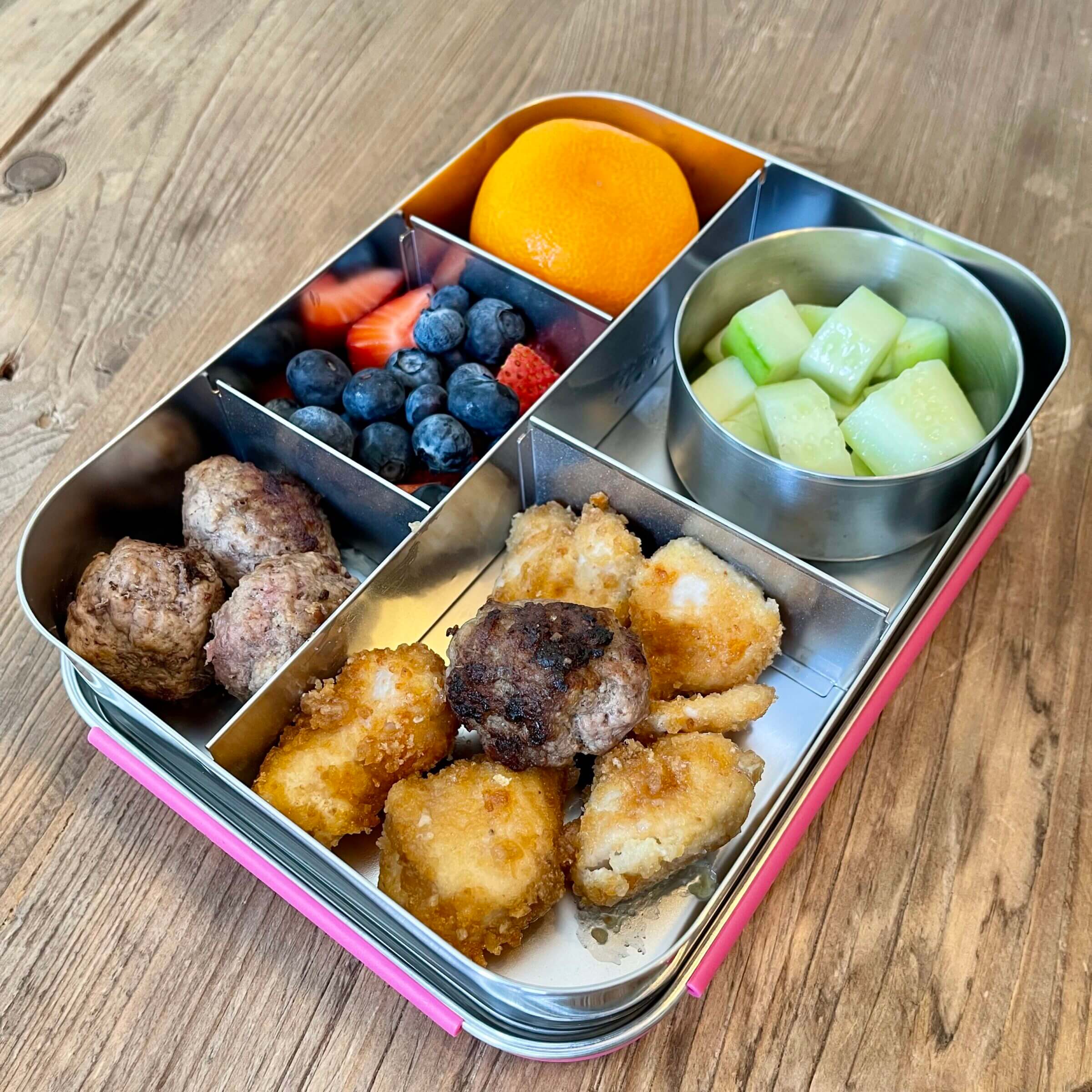
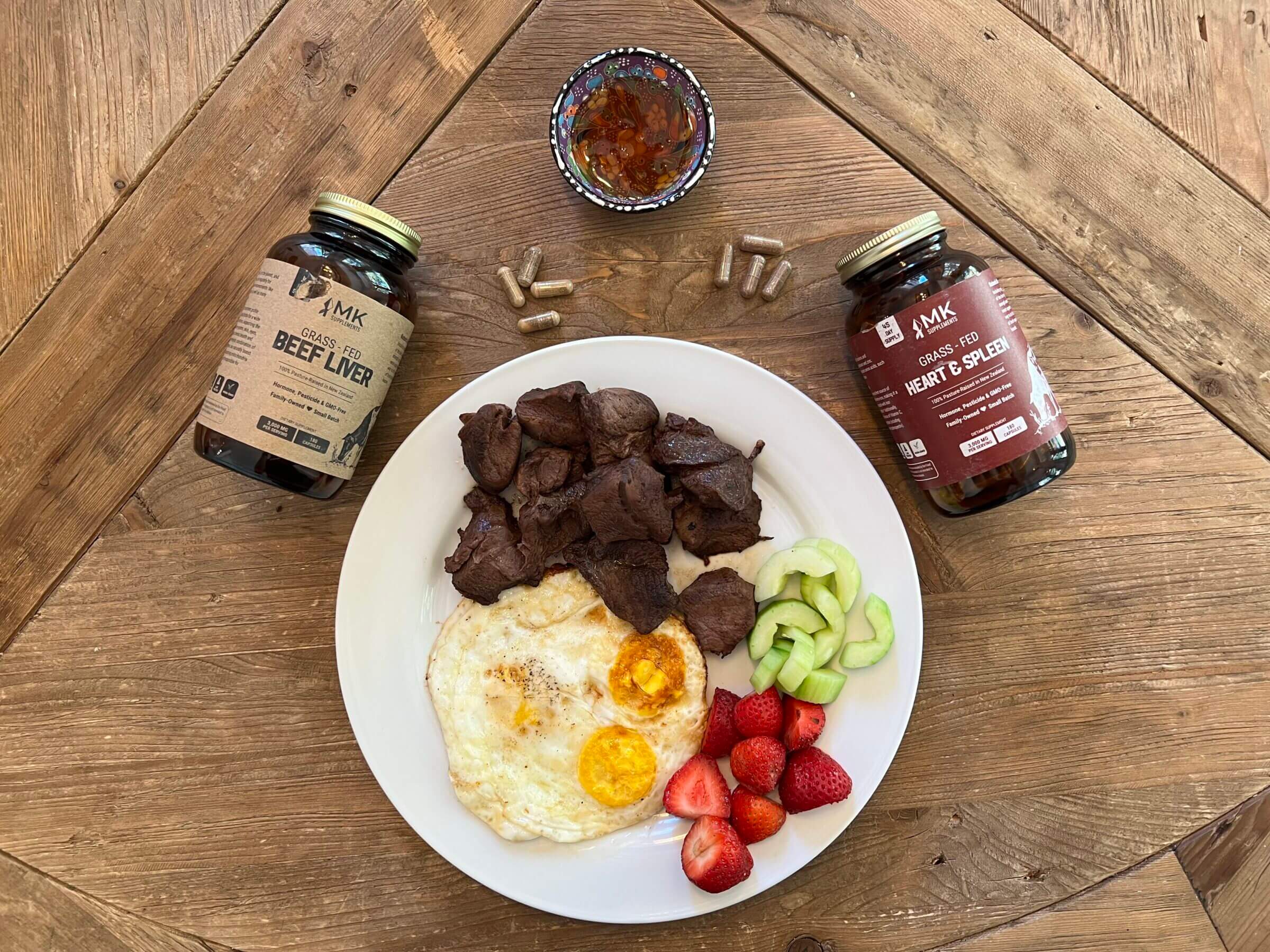
Pros
- Is centered around protein and fat from animal-based sources.
- Is relatively easy to maintain.
- Mimics how humans ate over millions of years of evolution.
- Doesn’t require calorie counting or portion control.
- Has ample amounts of highly-bioavailable and readily-absorbable micronutrients (e.g., vitamins and minerals).
Cons
- Can be high in carbohydrates and fructose.
An animal-based diet is centered around meat, fat and organs from responsibly-raised animals (ideally ruminants), seasonal fruits, raw honey, raw dairy and the least-toxic plants. By excluding most foods that could potentially irritate your gut, while including nutrient-dense muscle and organ meat, you can reduce inflammation and improve your metabolism — critical factors for sustained weight loss.
This is different from a carnivore diet in that an animal-based diet allows for up to 150 to 200 grams of carbohydrates per day, depending on your activity level. The carbs can come from sweet seasonal fruits, raw honey, raw dairy and the least-toxic vegetables. While that makes an animal-based diet fairly easy to maintain, it might not be ideal for people who are insulin resistant or who suffer from Type 2 diabetes.
In other words, consuming 150 to 200 grams of carbs per day is likely counter-productive if your body isn’t yet capable of efficiently using those carbs for energy (i.e., if your cells aren’t sensitive to insulin).
Of course, just because an animal-based diet allows for the consumption of significantly more carbs than a ketogenic diet, that doesn’t mean you have to consume a ton of carbs each day.
You can easily modify the animal-based framework to match your metabolic health. For example, if you know you’re having issues maintaining stable blood sugar levels, I recommend reducing your carb intake to 30-50 grams per day. As your blood sugar levels improve and your cells become more sensitive to insulin, you can slowly increase your carb intake without negatively impacting your weight loss efforts.
However, because all this requires some level of self-control and trial to find out what works best for you, I ranked the animal-based diet number three on this list.
Still, I consider this the ultimate human diet because it’s relatively flexible and rich in protein and bioavailable micronutrients without being as restrictive as a carnivore or ketogenic diet.
What to Eat on an Animal-Based Diet
- Meat: Red meat, ideally from grass-fed and pasture-raised ruminants (such as beef, venison, bison or buffalo). White meat is OK to consume in small amounts, but avoid too much of it because it’s relatively high in inflammatory polyunsaturated fatty acids.
- Fish and seafood: Ideally from wild-caught rather than farmed sources.
- Fats: Tallow, butter, cream and ghee, ideally from pasture-raised animals.
- Eggs: Ideally from pasture-raised chickens that are fed a corn-free and soy-free diet, because pasture-raised eggs are significantly healthier than other types of eggs.
- Vegetables: Avocados, olives, cucumbers and squash (remove the skin and seeds).
- Fruits: All sweet fruits that are in season, ideally organically grown.
- Nuts and seeds: None.
- Dairy: Raw or cultured dairy.
- Sweeteners: Raw honey.
- Beverages: Water, kefir and kombucha (if the final product, after fermentation, doesn’t have any added sugars).
Foods to Avoid on an Animal-Based Diet
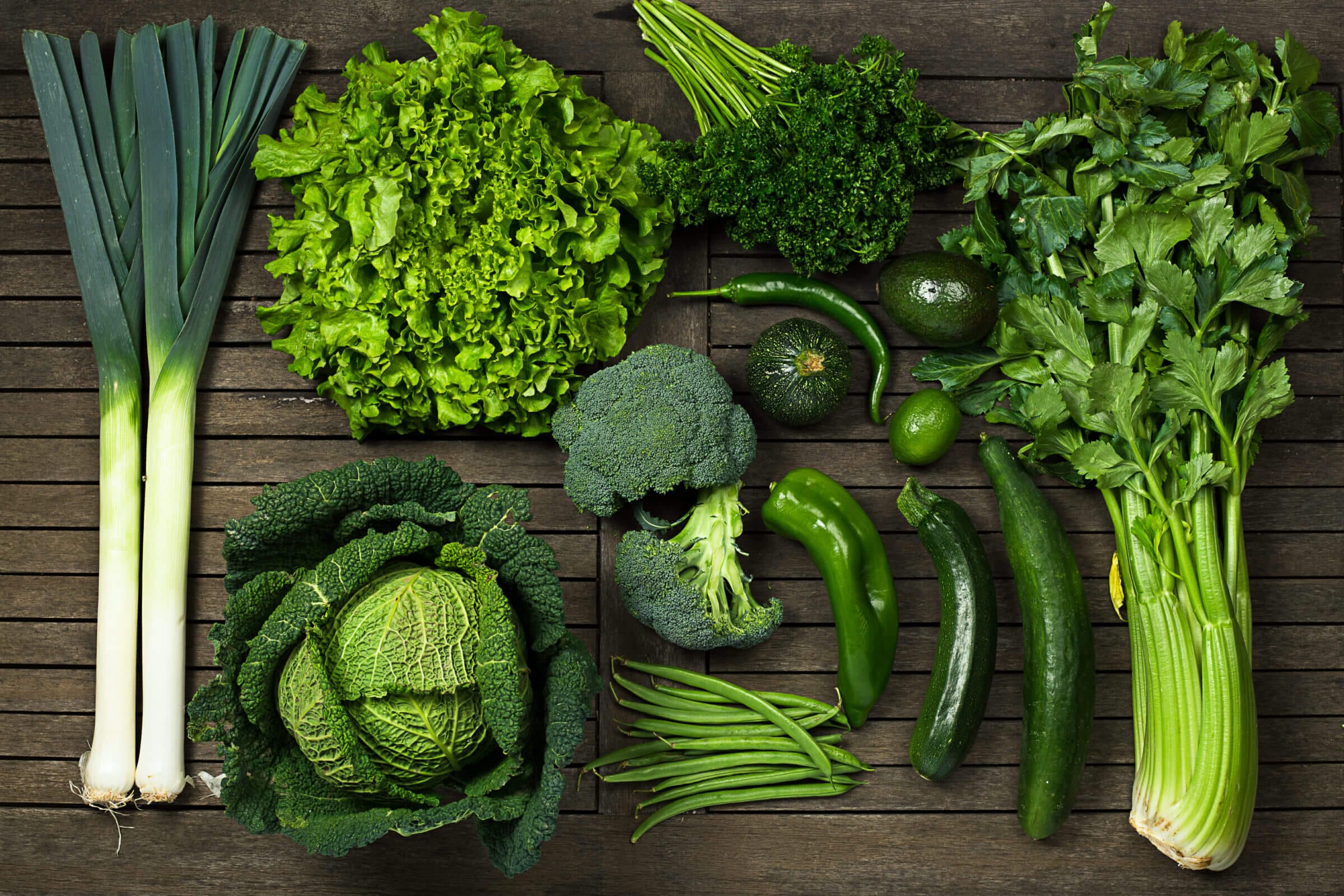
An animal-based diet discourages the consumption of most processed foods, grains, legumes, added sugars, artificial sweeteners and most plant foods (including vegetables).
The exclusion of veggies might surprise you, because they are widely considered healthy and a vital source of essential vitamins and minerals. However, what most people (including most health professionals) don’t realize is that all plants have defense chemicals that, to varying degrees, discourage animals (including humans) from eating the vital parts of the plant, such as the seeds, stems and leaves.
You can learn more about that in my article comparing meat vs. plants. The exception to this rule are sweet fruits, which rely on animals and (to a lesser extent) humans to spread their seeds and help the plant proliferate.
Downsides of an Animal-Based Diet
An animal-based diet allows carbohydrates to make up a significant percentage of your daily calories. In other words, you can consume up to 200 grams of carbs daily, depending on your activity level. Depending on your metabolic health, this can not only hamper your weight loss goals, but potentially lead to weight gain.
I recommend keeping your carbohydrate intake below 25 grams daily until your cells become sufficiently sensitive to insulin. The best way to find out whether you’ve reached this benchmark is to get a blood panel that includes your fasting insulin levels; if your fasting insulin is below 3 uIU/ml, you can increase your carbohydrate intake to 150 grams per day (which is still considered “low-carb”).
The other disadvantage of an animal-based diet is cost. Meat — especially when it comes from 100% grass-fed cattle — is much more expensive than grains or potatoes.
If you’re on a budget, I recommend buying the best meat you can afford. If that means buying grain-fed USDA Choice beef from Costco, then so be it.
The plain fact of the matter is that consuming meat from conventionally-raised cows is still far healthier than exposing yourself to the glyphosate, pesticides and defense chemicals found in plant-based foods.
Who Should Follow an Animal-Based Diet?
An animal-based diet is an excellent choice for anyone who has normal insulin and blood sugar levels but who has been diagnosed with autoimmune conditions (e.g., rheumatoid arthritis, psoriasis, multiple sclerosis or celiac disease), skin issues (e.g., acne or eczema) or gastrointestinal disorders (e.g., irritable bowel syndrome, ulcers, colitis or inflammatory bowel disease).
Animal-based eating is an excellent choice for losing weight and maintaining a healthy weight for the rest of your life. I leverage an animal-based diet as a framework because it allows me to modify my carbohydrate intake based on my activity levels on a given day.
Modern Paleolithic Diet
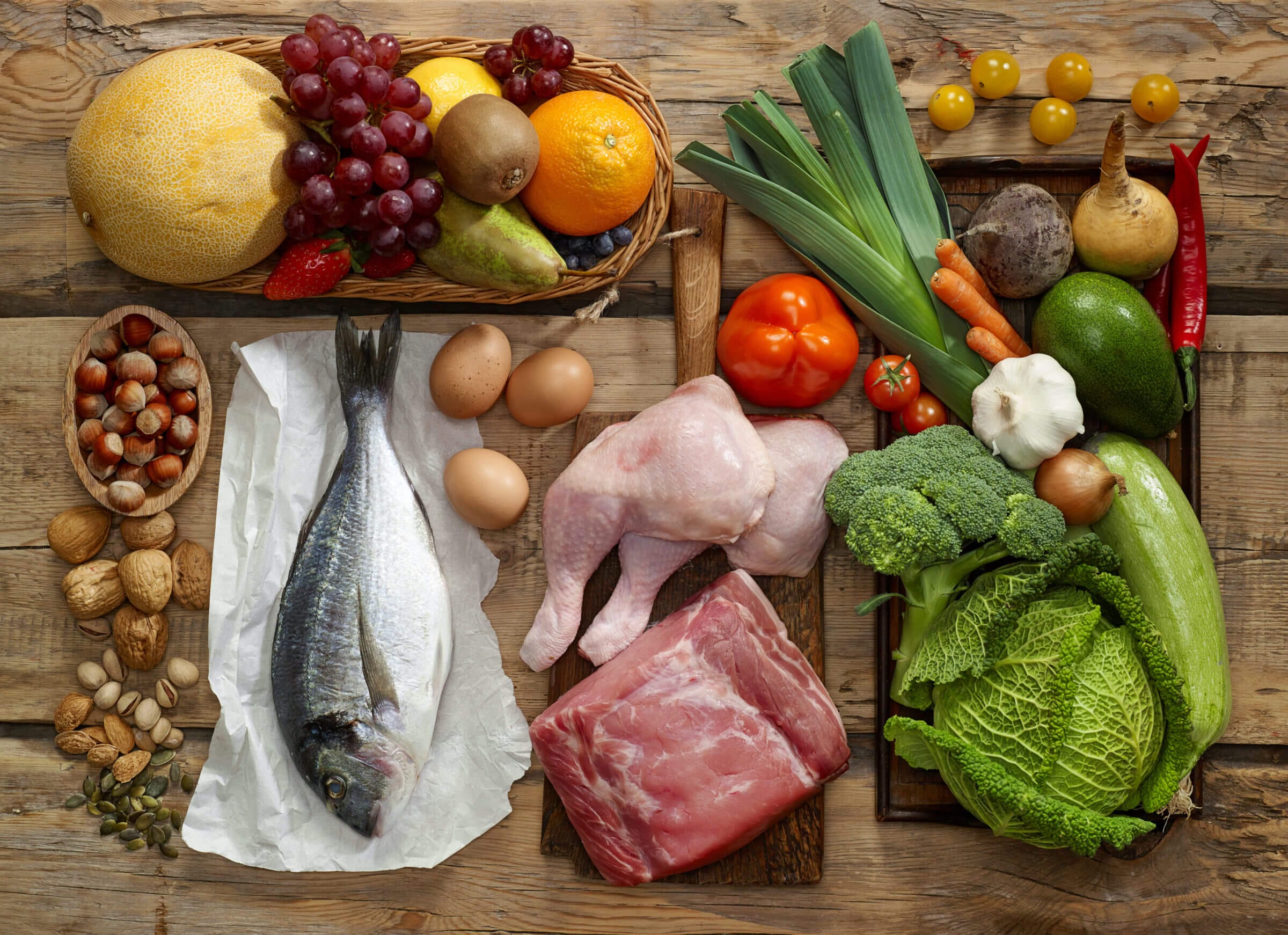
Pros
- It’s the least-restrictive diet in this round-up.
- Is very easy to maintain (in comparison to other diets).
- Can mimic how humans have eaten for millions of years.
- Effective for weight loss (if implemented properly).
Cons
- Includes many foods that can irritate the gut (and derail weight loss efforts).
- Leaves significant room for overindulging in problematic types of food.
The (modern) paleo diet aims to mimic the eating habits of our Paleolithic ancestors and early humans using everyday foods. The premise is that our ancestors did not suffer from obesity and excess body fat, and that mimicking their diet is an ideal way to reach a healthy weight.
While that’s true in theory, it doesn’t always work out that way in practice.
Depending on where our ancestors lived, they likely consumed a low-carb, high-fat (ketogenic) animal-based diet that only included carbs during certain times of the year — i.e., when seasonal fruits and vegetables were available to be picked and eaten.
However, the way most people implement a modern paleo diet doesn’t necessarily take the seasonal availability of certain foods into account, leading to an overconsumption of certain foods our ancestors wouldn’t have had access to in such amounts.
For example, you could cook up a meal consisting of leafy greens, nuts, seeds, sweet potatoes and maple syrup and it would be perfectly paleo-friendly — but it wouldn’t do you any good as far as your weight-loss goals are concerned, nor would it actually mimic the way Paleolithic humans consumed food.
Considering how much room for “error” the modern paleo diet allows, I ranked it number four on this list.
At the same time, one of the main advantages of the paleo diet (which is sometimes referred to as the caveman diet) is how relatively easy it is to maintain. For example, you can easily find cookbooks to help you prepare your favorite meals in a paleo-friendly manner. Plus, you will usually find paleo-compatible menu items in most restaurants.
I should also point out that there are several versions of the paleo diet, including Whole30, Primal, Autoimmune Protocol (AIP) and Bulletproof, among others. If you’re interested in the subtle differences between these, check out the “types of modern paleo diets” section of my Paleolithic ketogenic diet article.
What to Eat on a Paleo Diet
The list of foods allowed on a paleo diet is relatively extensive and includes:
- Meat: Both red and white meat, ideally from grass-fed and pasture-raised ruminant and monogastric animals.
- Fish and seafood: Ideally from wild-caught rather than farmed sources.
- Eggs: Ideally from pasture-raised chickens that are fed a corn-free and soy-free diet, because pasture-raised eggs are significantly healthier than other types of eggs.
- Fats: Both from animal and plant-based sources, including tallow, ghee, butter, avocado oil and olive oil.
- Vegetables: Most veggies, ideally organic and seasonal.
- Fruits: Small amounts of seasonal and organic fruits.
- Nuts and seeds: All.
- Dairy: None (humans didn’t consume dairy until about 12,000 years ago).
- Beverages: Coffee, tea, water, sugar-free beverages and wine.
- Sweeteners: Raw honey, maple syrup and agave syrup.
Foods to Avoid on a Paleo Diet
The foods you should avoid on a paleo diet include grains, legumes, white potatoes (sweet potatoes are OK), added sugars, seed oils, artificial sweeteners, dairy and highly-processed foods.
Downsides of a Paleo Diet
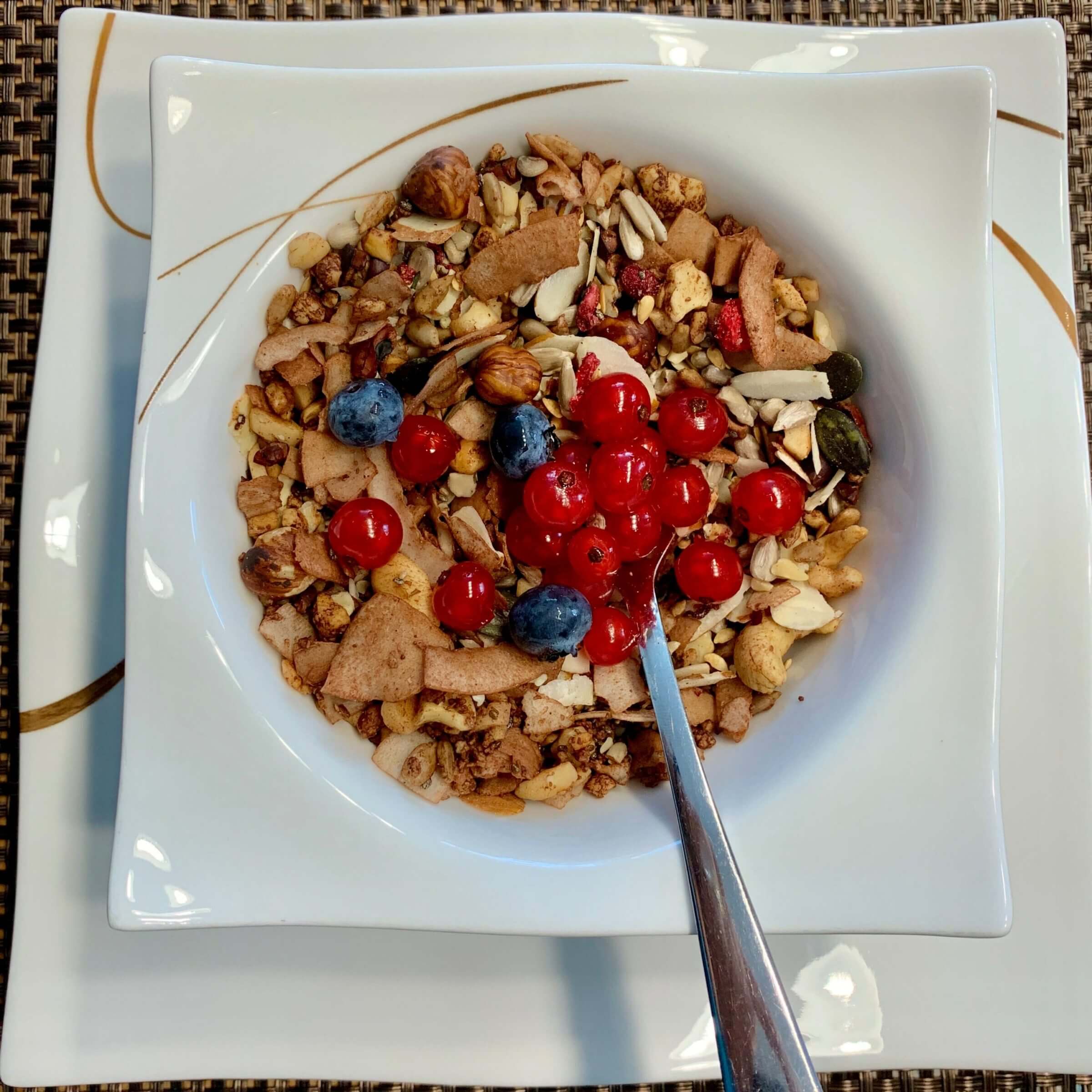
The downside of a modern paleo diet is that it’s easy to over-indulge in paleo-friendly foods without considering how much of those foods our ancestors would have actually consumed.
For example, you could consume an entire paleo cake made with almond flour, tapioca starch and maple syrup without breaking the principles of the paleo diet, but that would certainly not reflect how our ancestors used to eat.
That’s a mistake my wife and I made after we learned how to make popular dishes and desserts using paleo-friendly ingredients. It took us a while to figure out that following a Paleolithic diet is about more than preparing meals using paleo-friendly ingredients; if you don’t view the paleo diet as a lifestyle then you probably won’t reach your health and weight-loss goals.
Who Should Follow a Paleo Diet?
The modern paleo diet is best suited for people who are intimidated by the thought of embracing a more restrictive way of eating.
In other words, it’s a great entry point for beginning to implement long-lasting lifestyle changes. My family and I started with paleo before trying keto and carnivore. Ultimately, we settled on an animal-based approach to eating — but it was learning about and adopting paleo principles that put us on the path to our current dietary framework.
Remember that a well-executed paleo diet can offer many of the same benefits as the higher-ranked diets on this list, but it requires some discipline and knowledge to make the proper food choices.
11 Diets to Avoid When You’re Trying to Lose Weight
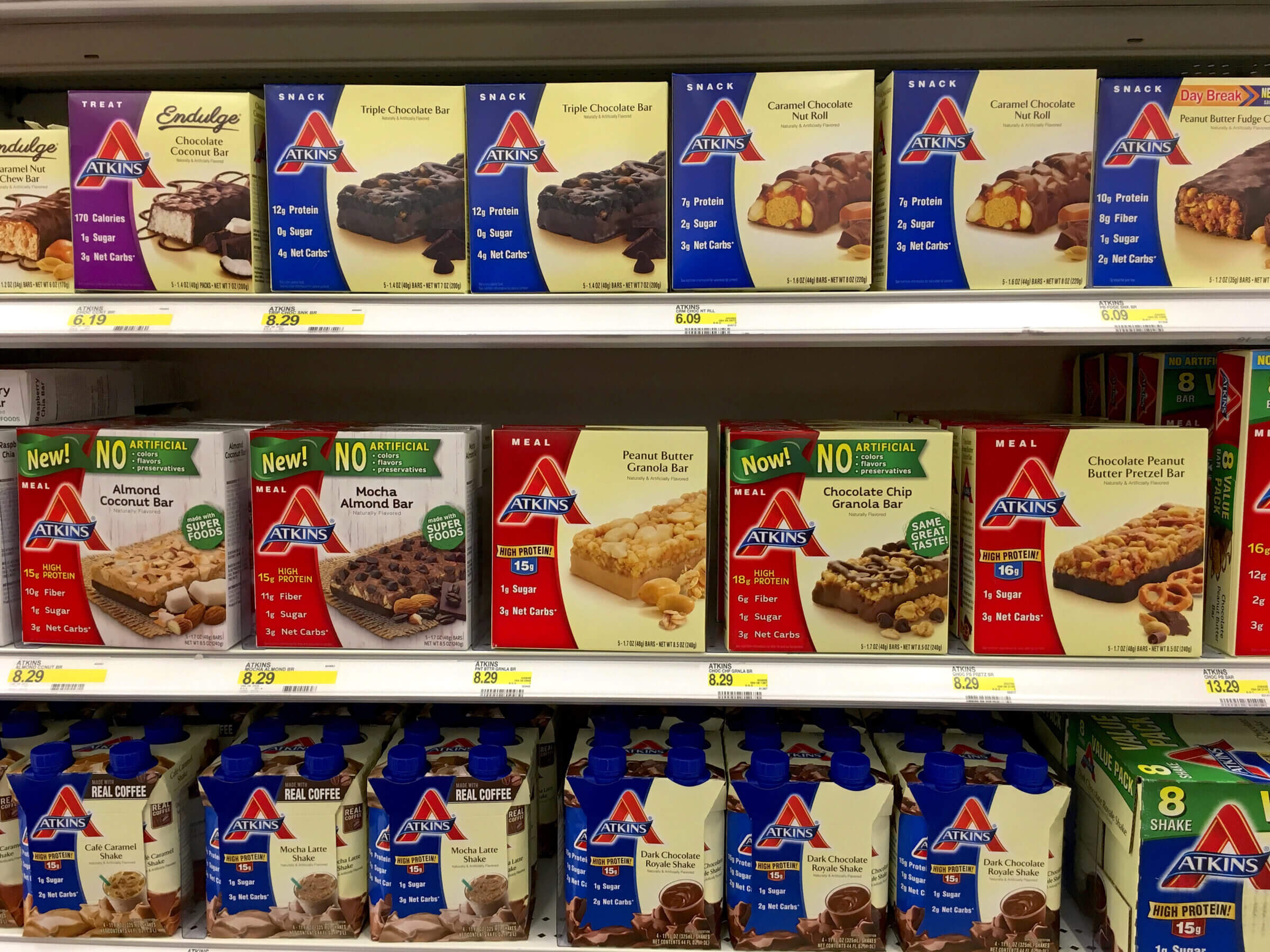
It’s important to understand that you can achieve short-term weight loss with almost any diet. For example, Andrew Flinders Taylor ate nothing but potatoes for a year and lost 117 pounds.
Unfortunately, he probably wasn’t aware of the metabolic damage he had inflicted upon himself by consuming a diet so devoid of basically every key nutrient.
So when choosing a weight loss diet, I encourage you to also make optimal health a top priority. Becoming metabolically healthy will most likely result in you reaching your ideal weight, and your metabolic health will make it easier to maintain that weight.
Also, it’s worth noting that being skinny isn’t necessarily an indicator of your health. There are many thin people who are metabolically unhealthy, with brittle bones, bad dental health and a host of chronic health issues.
So in my view, it’s crucial to pick a dietary framework that improves your health and helps you lose weight simultaneously.
That’s why I don’t recommend any of the popular diets below, even if some of them can lead to short-term weight loss.
1. Starvation or Low-Calorie Diets
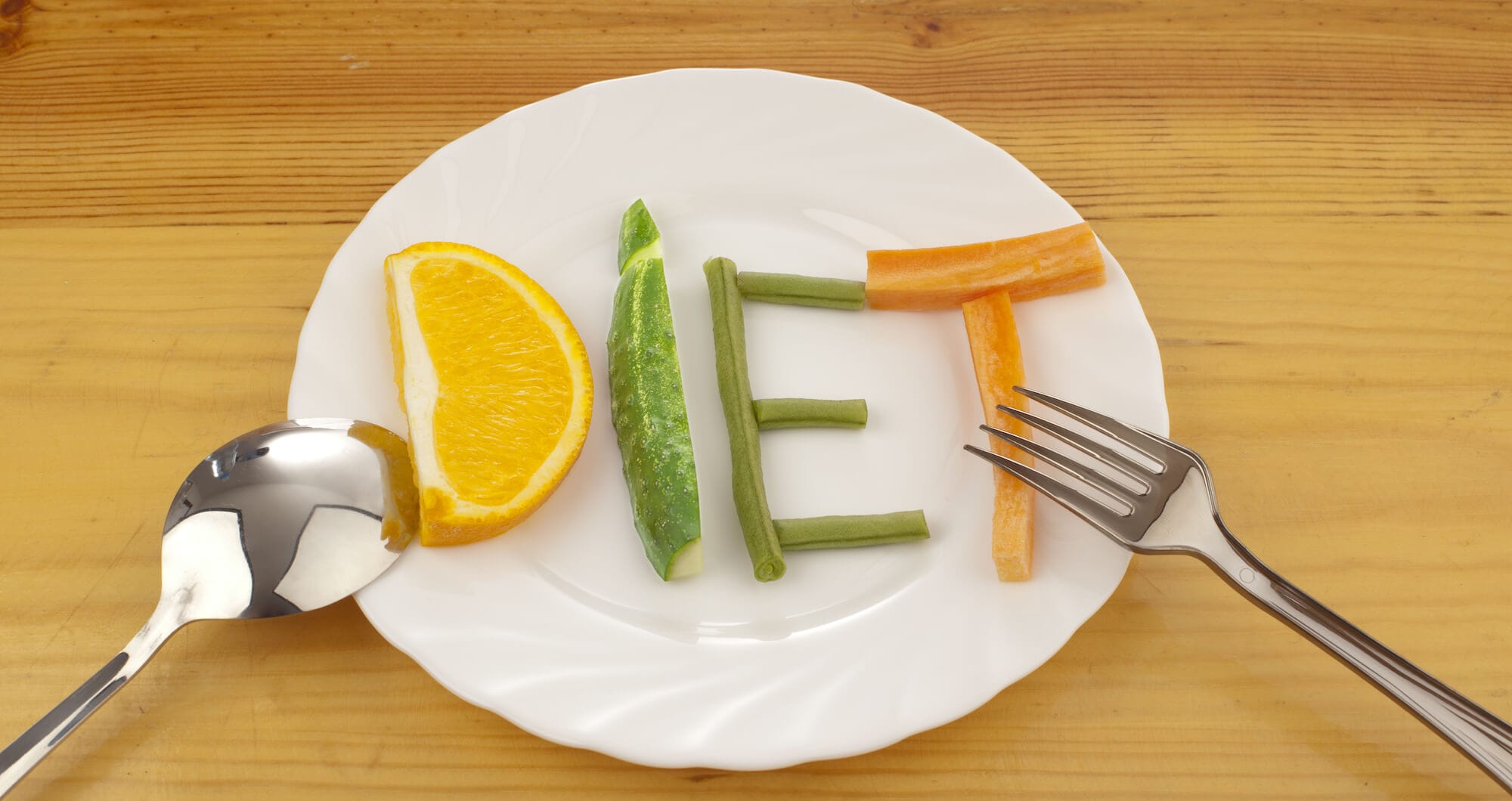
If you consume significantly fewer calories than your body needs — or if you stop eating altogether — you’ll eventually lose weight. Do that for long enough and you’ll get sick and die.
While abstaining from food for short periods (also known as intermittent fasting) can positively impact your health and lead to significant weight loss, a chronic caloric deficit can cause your metabolism to slow down and can lead to hormonal issues.
You’ll also feel crappy the entire time, making it hard to live an active life and make good choices when you resume standard eating patterns.
More importantly, if you’re not metabolically healthy and unable to maintain a healthy diet after ending your fast, you’ll likely gain back all the weight you lost (which is known as the yo-yo effect).
That’s why I don’t recommend starvation diets. However, if you’ve developed metabolic flexibility and your body can burn fat for fuel (known as ketosis), adding intermittent fasting into your routine can help you burn fat more quickly.
2. Standard American Diet
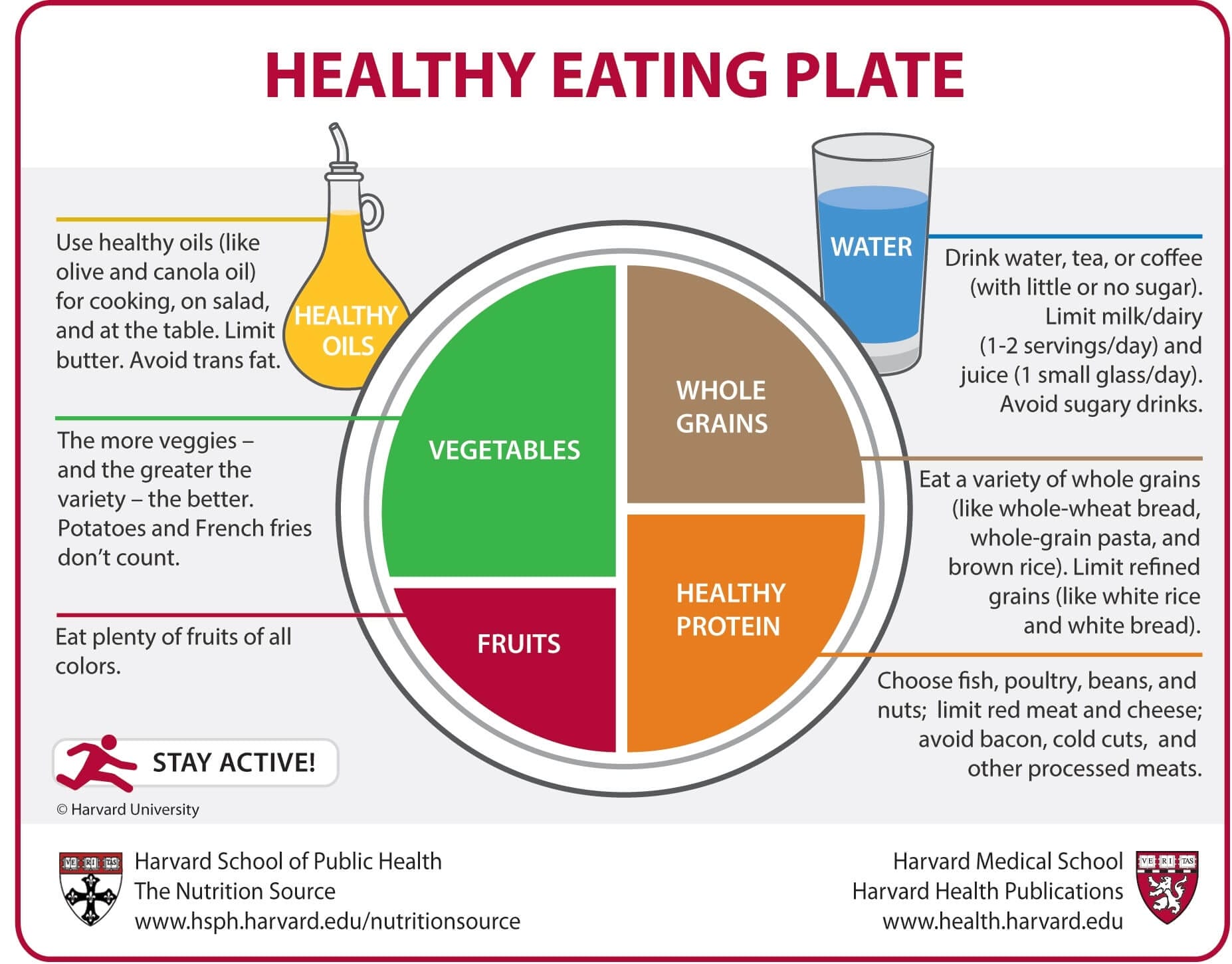
I believe that the standard American diet — which I not-so-lovingly refer to as SAD — has significantly contributed to this country’s skyrocketing obesity and metabolic dysfunction rates. As a result, I highly recommend against it.
For example, the official dietary framework of the USDA (aka MyPlate) recommends making fruits and veggies (all carbs) half of your plate. The USDA further recommends making grains a significant portion of your diet, while protein (including protein from plant-based sources) should make up less than a quarter of the calories you consume.
Additionally, the USDA recommends limiting your intake of saturated fats (in favor of “heart healthy” polyunsaturated fats), and suggests it’s healthier to consume low-fat or fat-free dairy than full-fat dairy.
Explaining how wrong and counter-productive those recommendations are is outside the scope of this article. But suffice to say that doing the opposite of what the USDA recommends is not only better for your health but also your weight loss efforts.
3. Plant-Based Diets (Veganism and Vegetarianism)
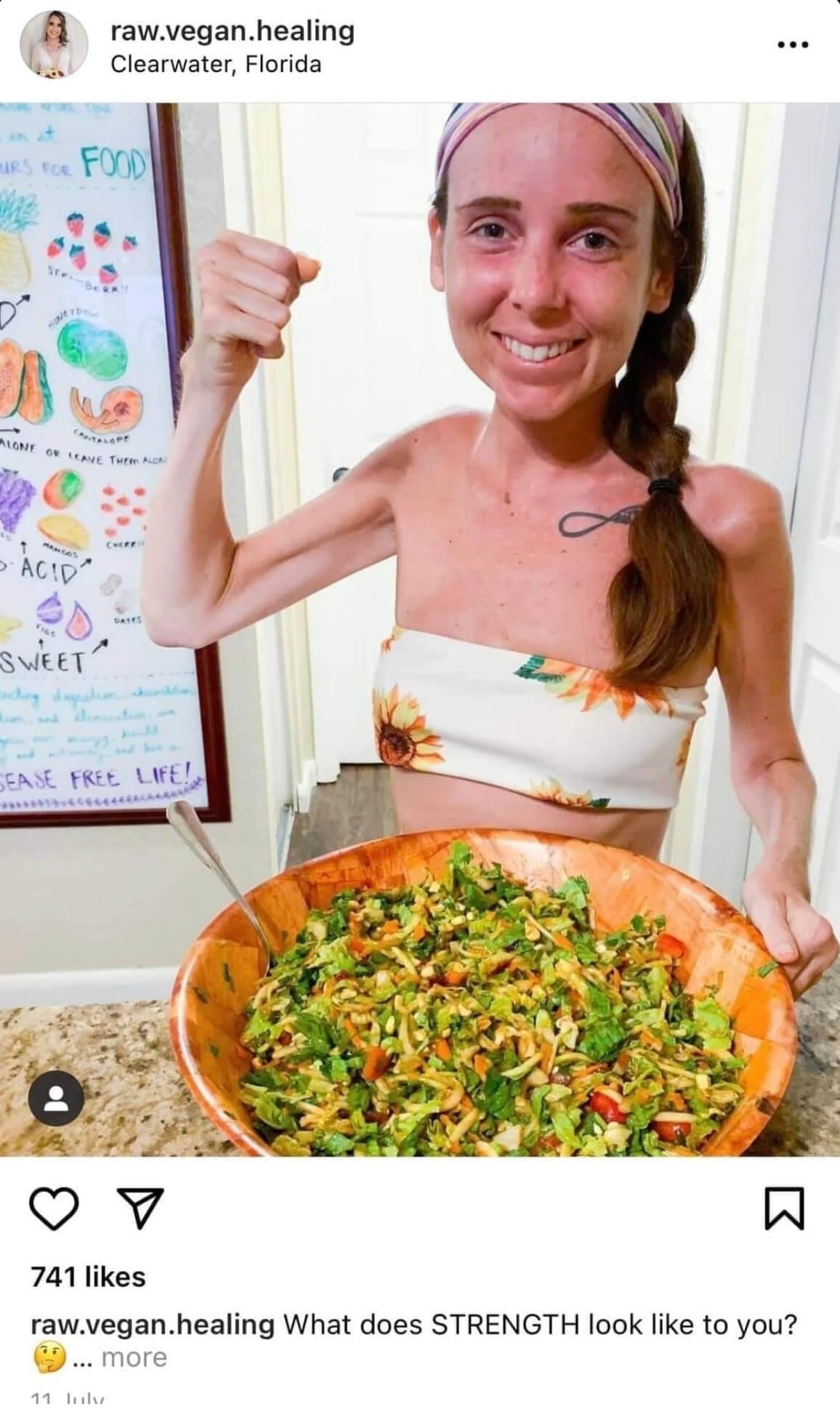
Plants lack many essential micronutrients, such as retinol (the best type of vitamin A), heme-iron, vitamin B12 and vitamin K2, but they’re full of inflammatory defense chemicals and toxins that are detrimental to your health.
Plus, plants don’t contain all the essential amino acids you need to build lean muscle tissue.
Funnily enough, the poor nutritional value of plants can make you lose weight for the same reasons why our plant-eating ancestors were smaller and with a lower brain volume than their meat-eating successors. By not getting enough essential amino acids from animal-based protein, muscle growth is stunted. Plus, nutritional deficiencies caused by plant-based diets makes your skin age quicker, lowers your energy levels and disrupts the balance of many critical hormones.
Considering the havoc plant-based diets wreak on your body, I highly recommend against them. Losing weight while building lean muscle tissue and improving your metabolic health is much easier with a diet centered around animal-based foods.
Of course, some people choose plant-based diets for religious, ethical or moral reasons. In this case, I recommend learning as much as you can about how to prepare certain plant foods to make them more nutritious (e.g., by fermenting, sprouting, soaking or boiling them) and to find dietary supplements that can help (to an extent) bridge your nutritional gaps.
4. Potato Diet
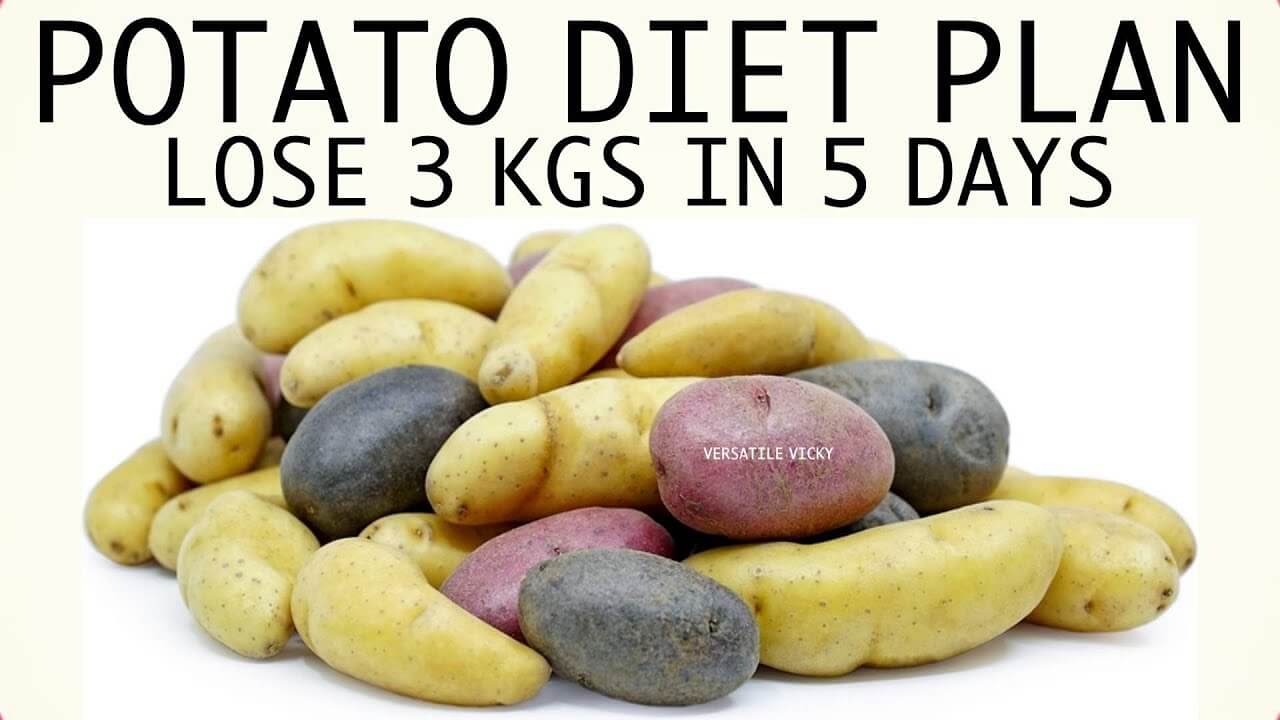
I discourage you from following any diet that is centered around a single plant-based food — such as the potato diet — because it leads to malnutrition and poor health outcomes.
While you can certainly lose weight on such a diet — much like you can lose weight by not eating at all — you will inflict severe damage to your body and probably regain all the weight you lost once you get back to a more normal diet.
5. Atkins Diet
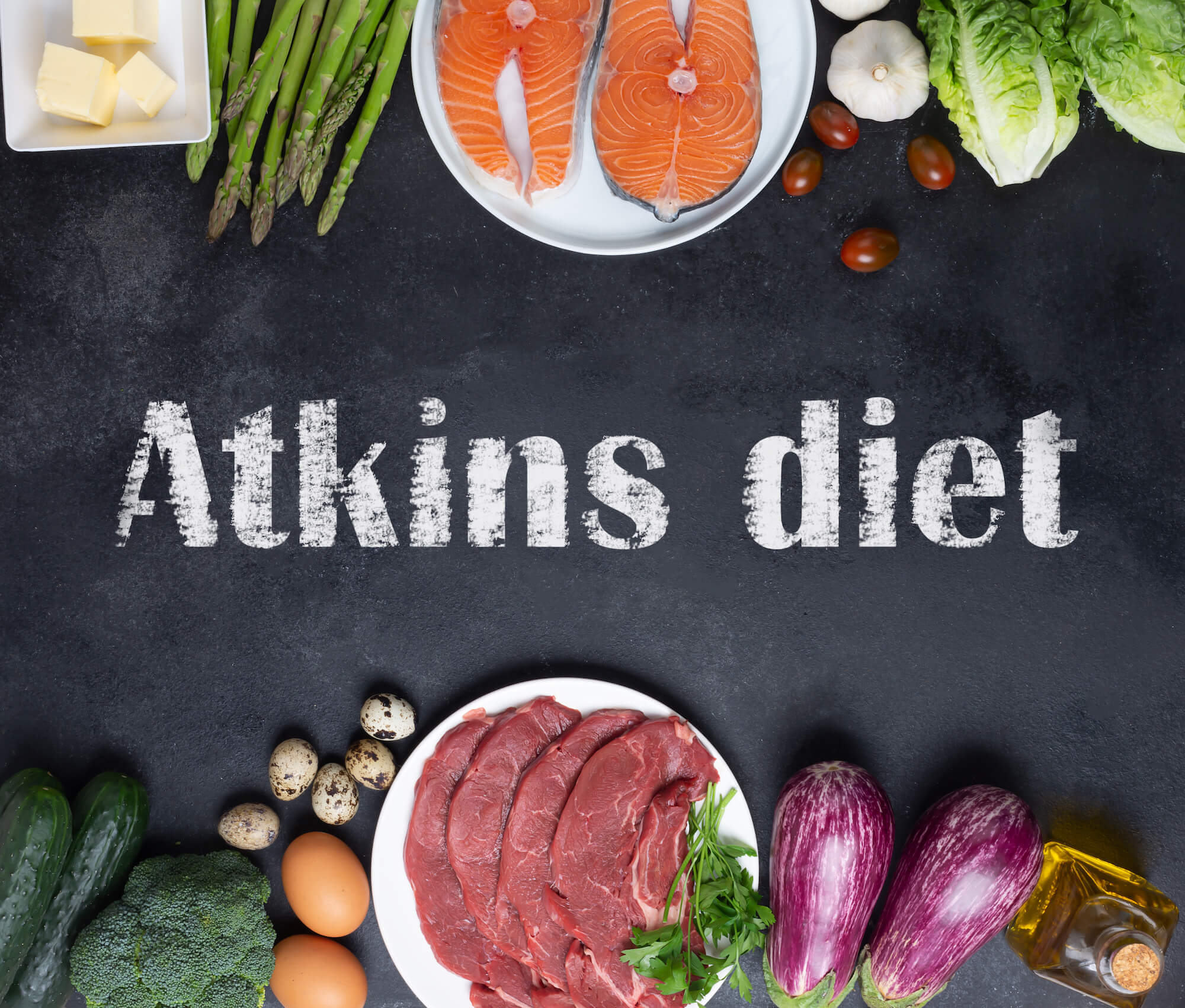
At first glance, the Atkins diet looks similar to a ketogenic diet because it initially reduces your carb intake. However, with Atkins, you’re allowed to reintroduce carbs after you’ve reached your ideal weight and as long as you can maintain that weight.
However, the Atkins diet encourages the consumption of highly inflammatory foods — such as grains, nuts and legumes — that are detrimental to your health and weight-loss efforts in the long run.
More importantly, the Atkins diet encourages the consumption of seed oils, and especially canola oil. Considering what we know about the fattening properties of seed oils, I don’t recommend the Atkins diet.
6. DASH Diet
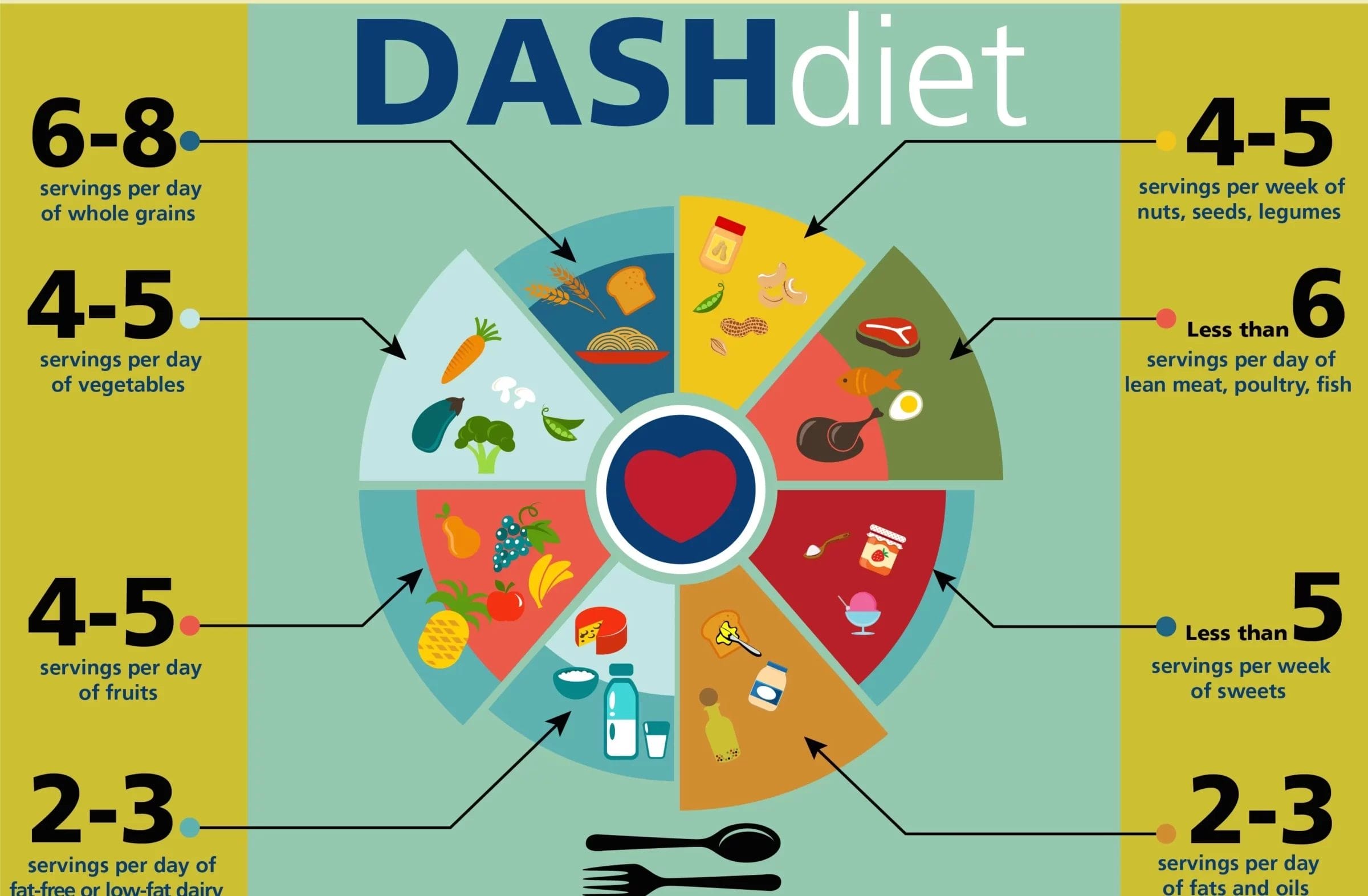
DASH stands for “Dietary Approaches to Stop Hypertension.” According to the Mayo Clinic, “the DASH diet is a healthy-eating plan designed to help treat or prevent high blood pressure (hypertension).”
The DASH diet includes foods that are rich in potassium, calcium and magnesium, which can help control blood pressure. The diet limits foods that are high in sodium, saturated fat and added sugars.
While I also encourage you to eliminate added sugar from your diet and increase your intake of magnesium, calcium and potassium, limiting your intake of sodium and saturated fat is terrible advice.

For example, recent studies have shown that consuming less than two grams of sodium daily poses the highest risk of cardiovascular disease.
Despite popular advice, consuming five to seven grams of sodium daily has the most health benefits for your cardiovascular system.
To learn more, check out my article titled “Top 23 Nutrition Myths Debunked.”
7. Flexitarian Diet

The flexitarian diet is a flexible vegetarian diet that encourages the consumption of plant foods, dairy and eggs, and the reduction of meat without restricting your calorie intake or portion sizes.
I consider the flexitarian diet to be less bad than a vegan diet but a far cry from optimal nutrition for humans.
As with most of the other diets in this section, I do not doubt that you can lose weight on a flexitarian diet — but considering what we know about the negative impact most plants have on our health, I’d steer clear of it.
8. Volumetrics Diet
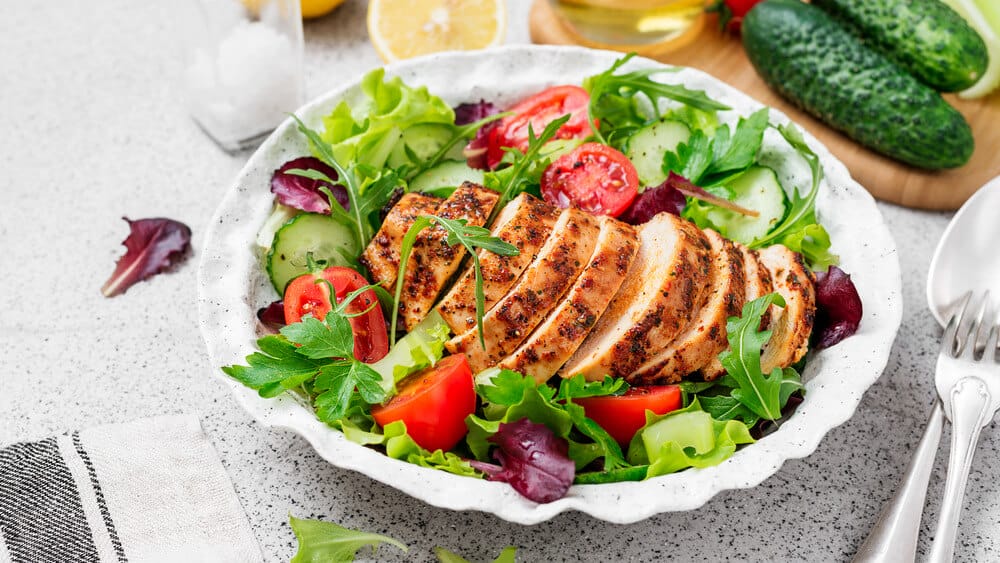
According to registered dietitian Lisa Jones, the volumetrics diet emphasizes eating lower-calorie nutrient-dense foods such as fruits, vegetables, whole grains and low-fat dairy. For all the reasons I’ve already explained in this article, I think it’s a terrible idea to eat those foods if you want to lose weight without ruining your health.
9. Pescatarian Diet
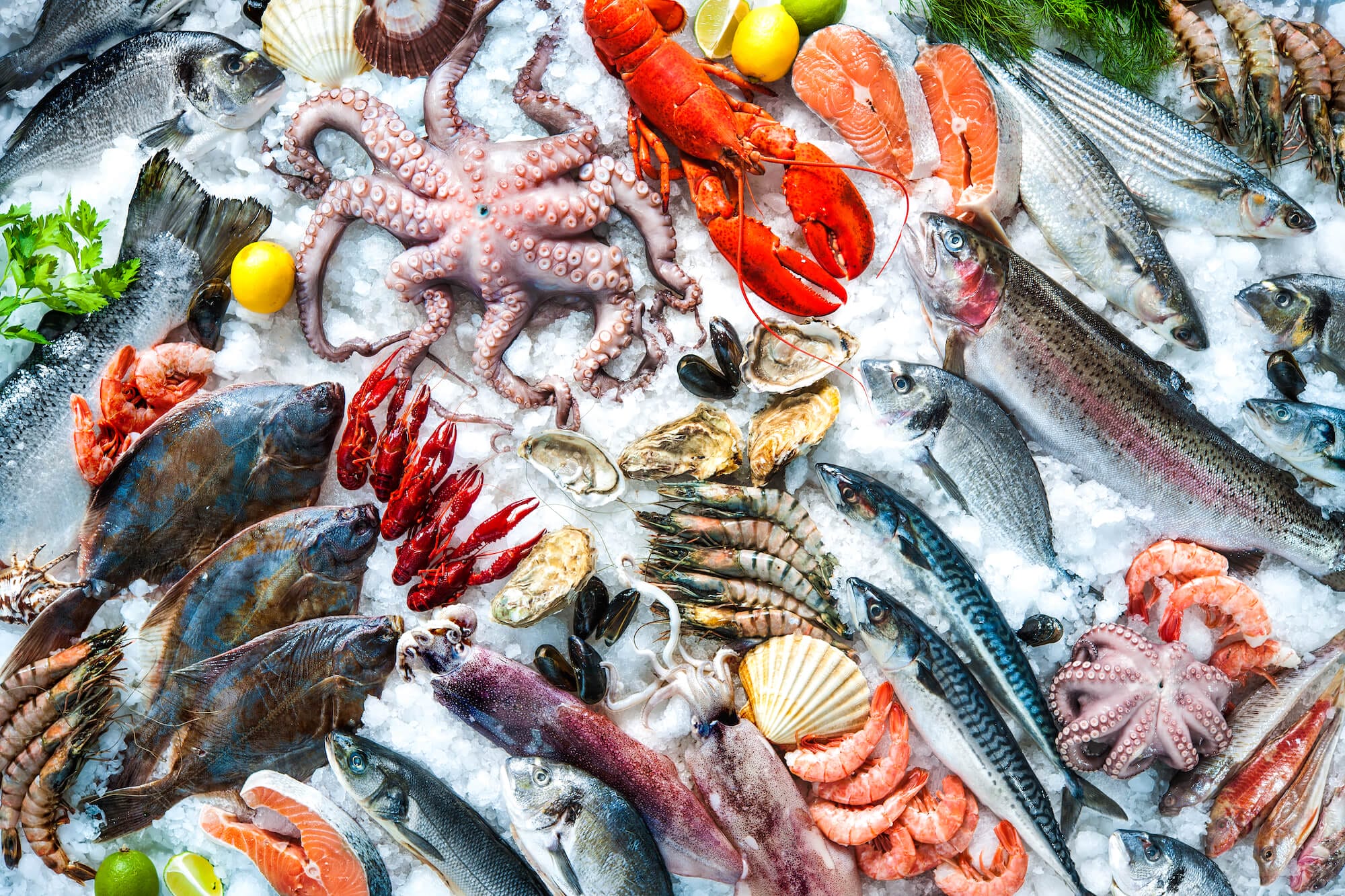
Diets that include only fish as a source of protein, fat and micronutrients can help you lose weight. However, fish is often contaminated with heavy metals, leading to issues over time as those heavy metals build up within your body.
The problem with heavy metals is that your body often stores them in adipose (fat) tissue. When you then lose weight, they get flushed out and cause issues.
That’s particularly problematic if you already have elevated concentrations of heavy metals and other toxins (e.g., glyphosate) stemming from your current diet and other environmental sources (e.g., tap water).
That’s why I don’t recommend a strict pescatarian diet.
However, there is nothing wrong with including smaller fish (with fewer heavy metals) in a meat-based diet.
10. Mediterranean Diet
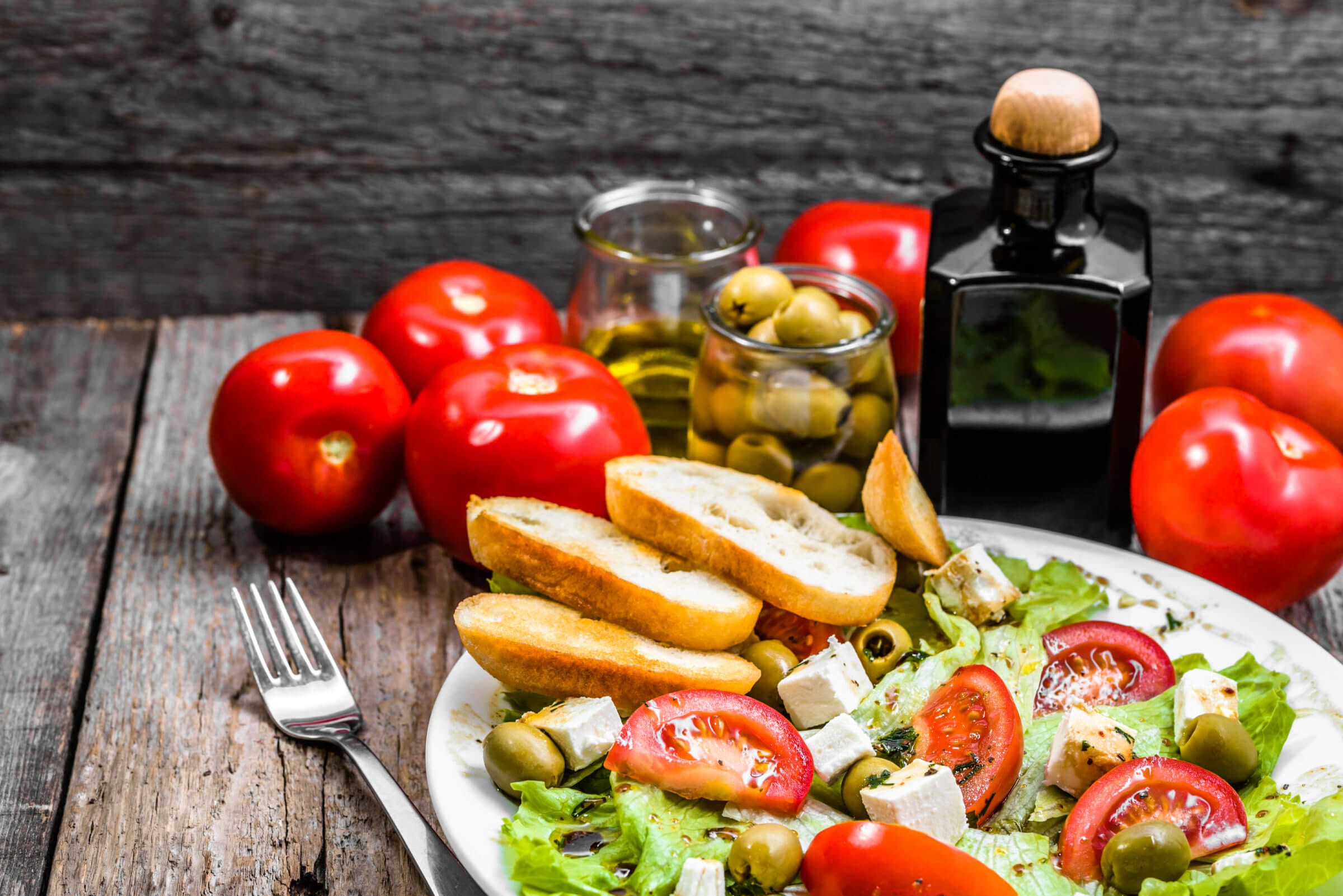
The Mediterranean diet is hailed as one of the world’s healthiest diets. However, I would argue that its image as a healthy diet is predominantly influenced by how unhealthy other western diets are (mainly the standard American diet).
I grew up on a Mediterranean diet and appreciate how easy it is to follow. I’d also argue that most metabolically healthy people won’t have much trouble maintaining their body weight on a Mediterranean diet.
What I don’t like about the Mediterranean diet for anyone who is overweight or obese is the inclusion of inflammatory foods, such as whole grains, legumes, veggies and unsaturated fats. Additionally, the exclusion of red meat is counter-productive to any weight-loss effort considering that the body burns 30% of the calories provided by red meat just for digestion.
For all those reasons, the Mediterranean diet isn’t among my top choices for losing weight.
11. Commercial Weight Loss Diets
There are countless commercial weight loss diets (e.g., Weight Watchers and Jenny Craig) that predominantly benefit the brands behind the — not the people who fork over hundreds or thousands of dollars in the hopes of finding a secret formula for weight loss.
While there’s nothing wrong with nutrition coaching in general, all of the commercial diets I have seen are based on flawed nutritional frameworks (such as calorie counting or restriction) and heavily promote the purchase of merchandise (such as meal delivery, shakes and protein bars) that you don’t need in order to achieve your weight loss goals.
Tools to Support Your Healthy Eating Journey

You don’t need fancy gadgets or expensive dietary products to lose weight. However, you can use a couple of tools to support your weight-loss journey and make the process more convenient.
Some of the tools I’ve used as part of my healthy lifestyle that are worth your consideration include:
- A continuous glucose monitor to better understand how your food choices impact your blood sugar levels.
- A metabolic breath analyzer, such as Lumen, to help you understand if you’re burning glucose or fat for fuel.
I also recommend exposing as much of your naked skin to sunlight every day as possible, because it helps support your circadian rhythm and improve your sleep (see my post about the top reasons why you’re not losing weight for more information on that).
Additionally, I recommend working out in a fasted state and consuming only protein and fat right after a workout to further boost your body’s ability to burn fat.
Weight Loss Diet FAQs
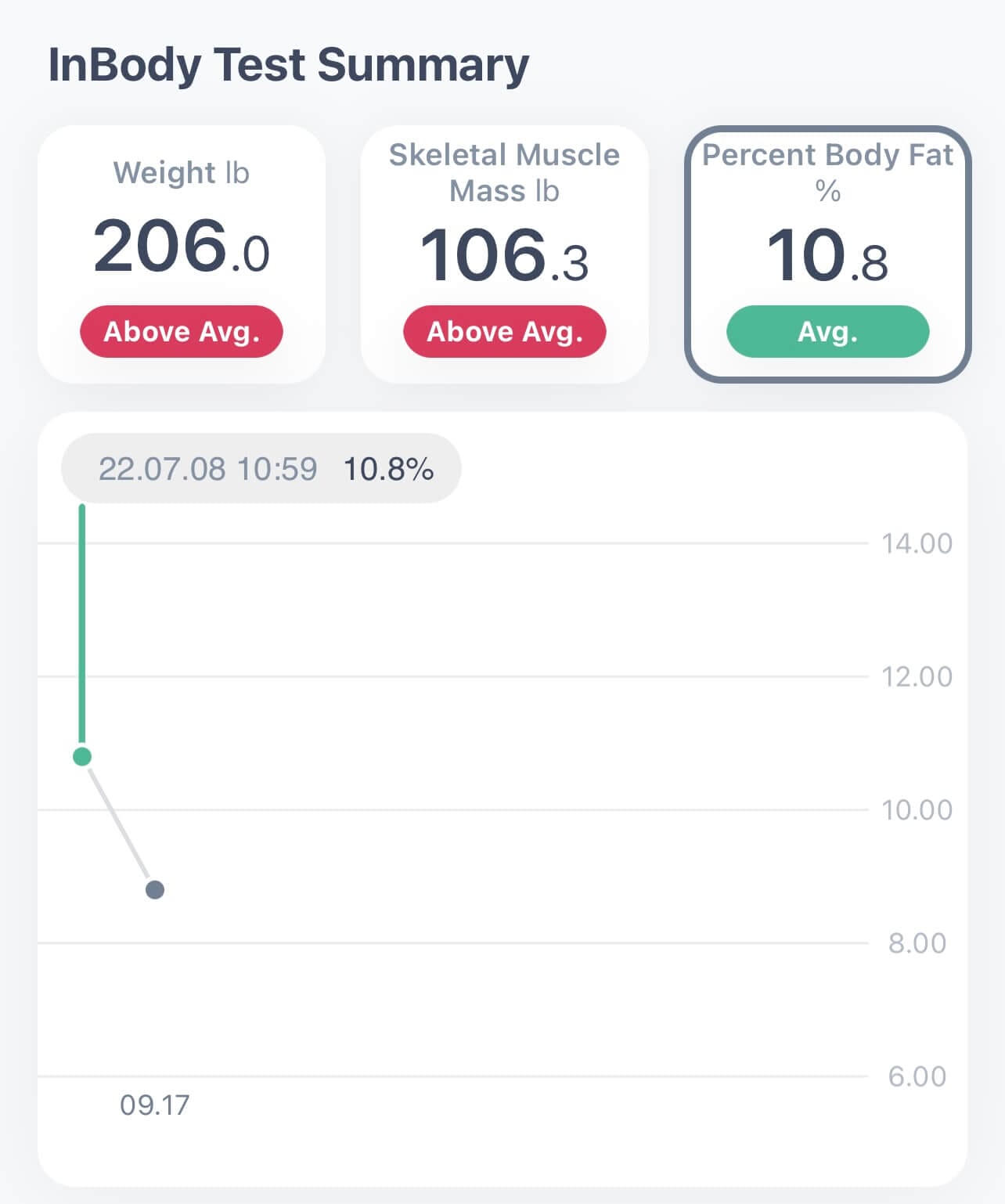
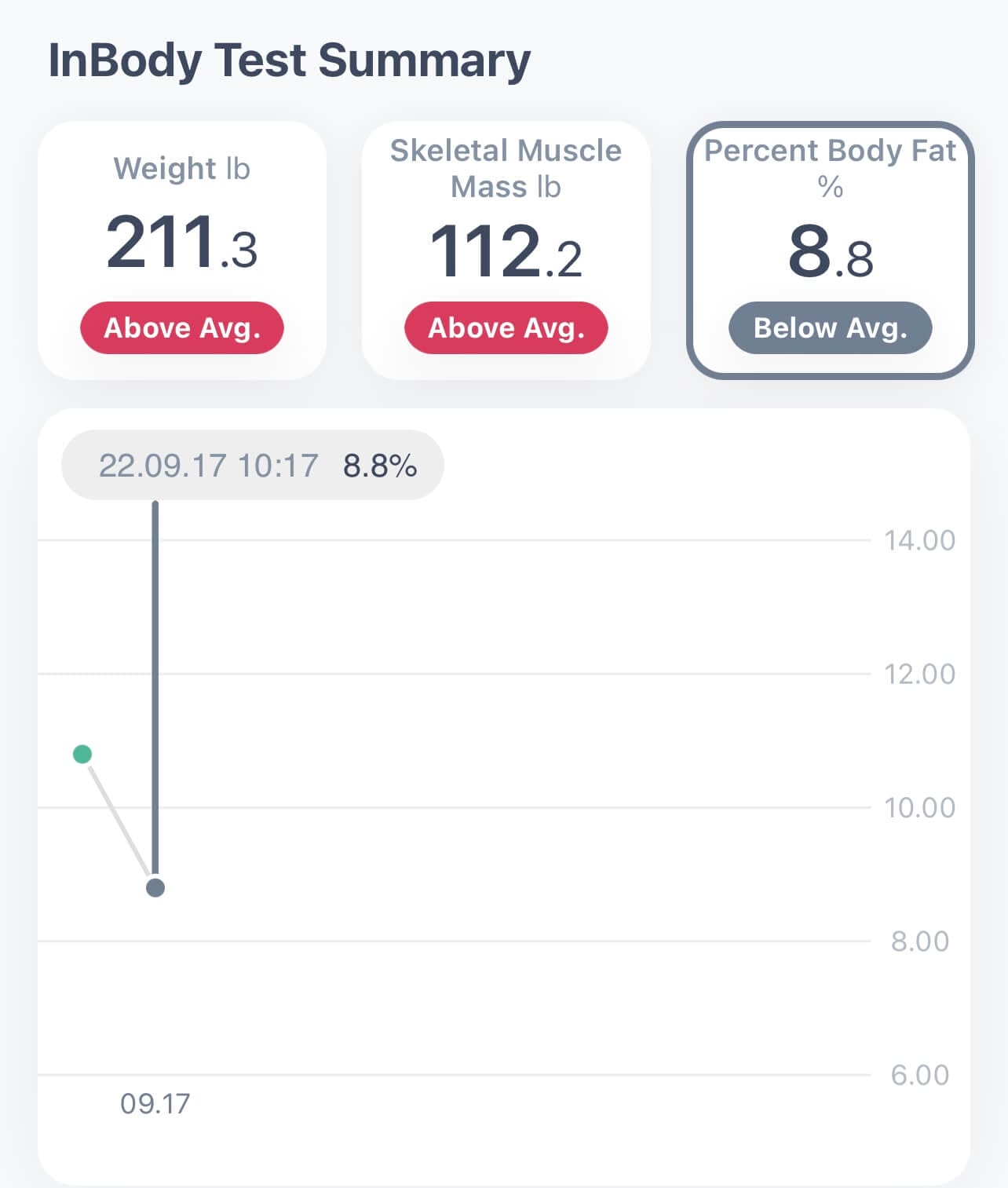
While you can certainly lose weight using weight loss shakes (much like you can lose weight by eating only potatoes for a year), I recommend against them. The main issue with most weight loss shakes is that they’re full of highly-processed and unhealthy ingredients that will negatively impact your metabolic health. Metabolic health is a key factor for maintaining a healthy weight in the long run.
Additionally, chewing real food is an important aspect of digestion because it primes your GI tract for the food that’s about to enter your body. If you consume liquid food, you increase the likelihood of catching your GI system off-guard, which can lead to acid reflux and indigestion. For those reasons, I don’t recommend the use of weight loss shakes.
However, there are a handful of reasonably healthy meal replacement shakes on the market, and these can be a good choice when used in moderation — such as in situations where you don’t have access to high-quality (real) food. The key is to remember that you’re not using these products as a shortcut for weight loss, but to help you avoid making unhealthy dietary decisions.
If you consume a diet centered around properly-raised animals (which you eat nose to tail) and the least-toxic plant foods, you’ll get all the nutrients you need to lose weight and improve your health. If you don’t like the taste and texture of organ meats (the best source of vitamins and minerals), I recommend freeze-dried organ meat capsules, such as the ones we sell at MK Supplements.
No! The meat of monogastric animals (e.g., poultry or turkey) is relatively high in linoleic acid, an omega-6 polyunsaturated acid (PUFA) that can cause inflammation and fat cells to grow. That’s why I recommend reducing your intake in chicken, turkey and pork, as I explain in my article about the health issues associated with PUFAs.
The short answer is “for the rest of your life.” Implementing a diet for a short period of time, with the primary goal of losing weight, misses the point and won’t help you in the long run. For sustained weight loss and optimal health, it’s critical to adopt a dietary framework that you can sustain for the rest of your life.
There is nothing wrong with adapting that framework over time based on your health and fitness goals. But if you don’t find a way of eating that you can maintain in the long run, you’ll likely regain any weight you lost while on a short-term diet.
Unfortunately, how long it takes to lose weight (and fat) varies from person to person. I recommend having realistic expectations, because the weight you gained over the past few years or decades might not come off within a few weeks; it might take months or even years to reach your desired weight.
However, the better your metabolic health is, the easier it will be to lose and maintain a healthy weight.
For example, I recently dropped from 10.8% to 8.8% body fat in just a few weeks by reducing my carbohydrate intake from 120 to 75 grams daily.
Coincidentally, I worked out much less than usual during that time period. I attribute that rapid decrease in body fat to my excellent metabolic health and my body’s ability to efficiently use all fuel sources (from body fat or food).
I firmly believe that you can’t out-exercise a bad diet. However, combining regular physical activity with a healthy diet can expedite weight loss. As explained in my article about the top reasons why you’re not losing weight, I recommend HIIT and resistance training over cardio because the latter is less effective and often hard on joints. Plus, many people find cardio boring, which makes it harder to stick with over the long term.
Unless the product in question is naturally low in fat (such as fresh fruits), I recommend staying away from low-fat products, especially processed products.
Neither saturated fat nor dietary cholesterol are bad for your health or detrimental to your weight-loss efforts, despite what you may have been told. Check out my in-depth article about saturated and polyunsaturated fats to learn more about those myths.
So I’d stay away from low-fat dairy products or processed foods that claim to be low in fat. When manufacturers remove fat from a product, they usually substitute it with sugar. Just take a look at the ingredients label of your favorite low-fat yogurt and you’ll see what I mean.
While there is nothing wrong with consuming the occasional filet mignon, I recommend avoiding lean protein for several reasons.
The fat of properly-raised ruminants (beef, bison, venison, etc.) is a good source of Omega-3 fatty acids and fat-soluble micronutrients, as well as an excellent source of energy that keeps you satiated for several hours without causing a blood glucose spike.
It’s worth noting that bison is notably leaner than beef, and has a favorable fatty-acid profile.
I’m not a fan of restricting portion sizes or counting calories because it’s cumbersome and not sustainable in the long run. Instead of weighing your food at every meal, I recommend focusing on ingredient quality and listening to your body. Eat when you’re hungry, drink plenty of water, eat slowly and stop when you’re full.
I don’t consider weight loss programs, such as Weight Watchers, crucial for success. While being part of a group of people with the same goals as you can be motivating, most programs I’ve seen are based on flawed and ineffective weight loss concepts, such as counting calories or restricting portion sizes.
Instead, I recommend finding a friend or family member motivated to lose weight and improve their health with you.
The Best Diet for Weight Loss: Final Thoughts
The best diet for sustained weight loss is one that is nutrient-dense. This type of diet keeps you satiated between meals, normalizes your blood glucose levels, enables your body to burn its own fat for energy and is low in toxins and antinutrients.
The best diets that meet this criteria are low in carbohydrates and are centered around animal-based food sources, including muscle meat, fat and organs.
Depending on how sensitive you are to dairy and certain plant foods, most of the recommended diets in this article offer enough flexibility to include different fruits, vegetables, raw milk or raw honey without negatively impacting your weight loss efforts.
However, if you suffer from severe gut issues, autoimmune conditions or other metabolic ailments (in addition to being overweight or obese), I highly recommend following a carnivore diet for several weeks or months before re-introducing other types of food.
If you’ve tried various diets in the past (successfully or otherwise), I’d love to hear from you. So let me know in the comments!

Michael Kummer is a healthy living enthusiast and CrossFit athlete whose goal is to help people achieve optimal health by bridging the gap between ancestral living and the demands of modern society.
Medical Disclaimer
The information shared on this blog is for educational purposes only, is not a substitute for the advice of medical doctors or registered dieticians (which we are not) and should not be used to prevent, diagnose, or treat any condition. Consult with a physician before starting a fitness regimen, adding supplements to your diet, or making other changes that may affect your medications, treatment plan or overall health. MichaelKummer.com and its owner MK Media Group, LLC are not liable for how you use and implement the information shared here, which is based on the opinions of the authors formed after engaging in personal use and research. We recommend products, services, or programs and are sometimes compensated for doing so as affiliates. Please read our Terms and Conditions for further information, including our privacy policy.
